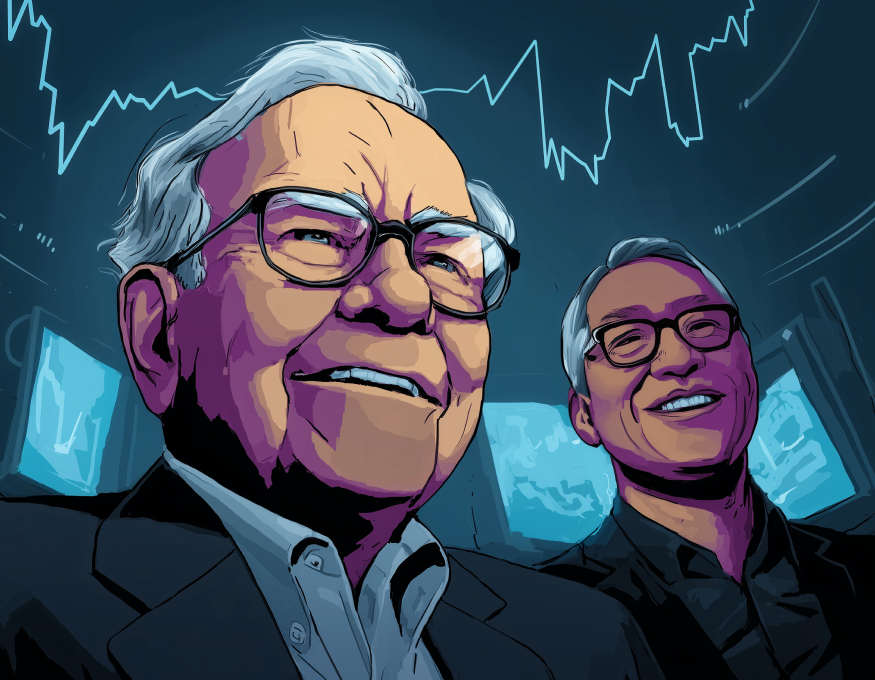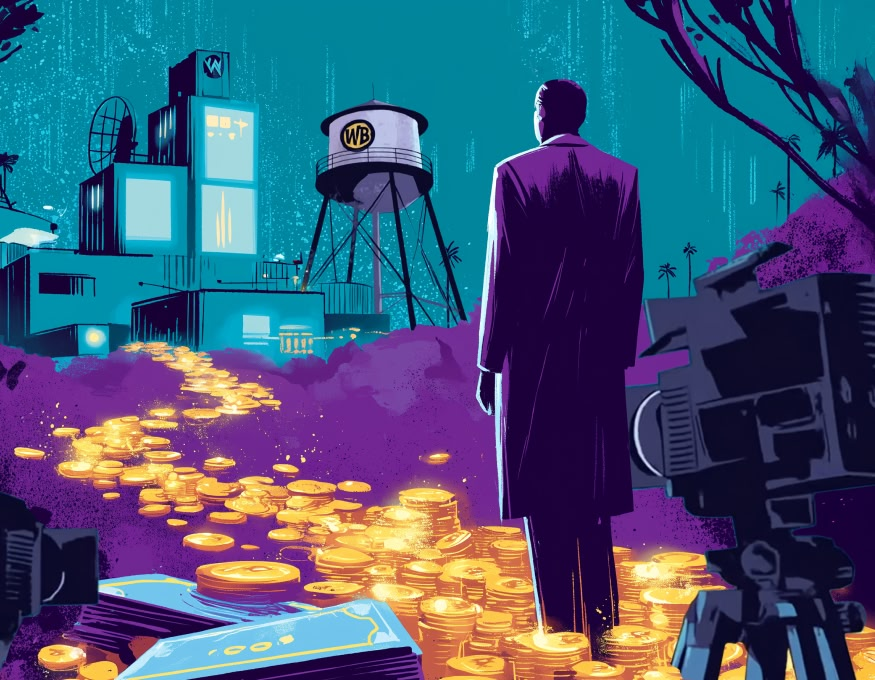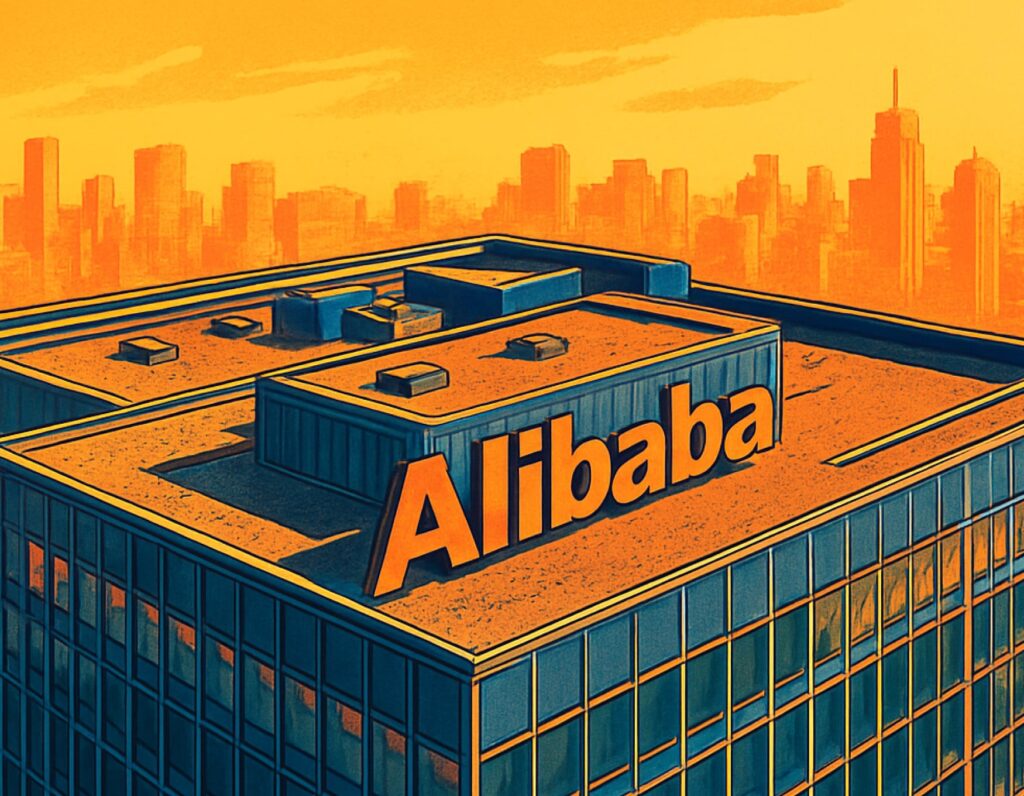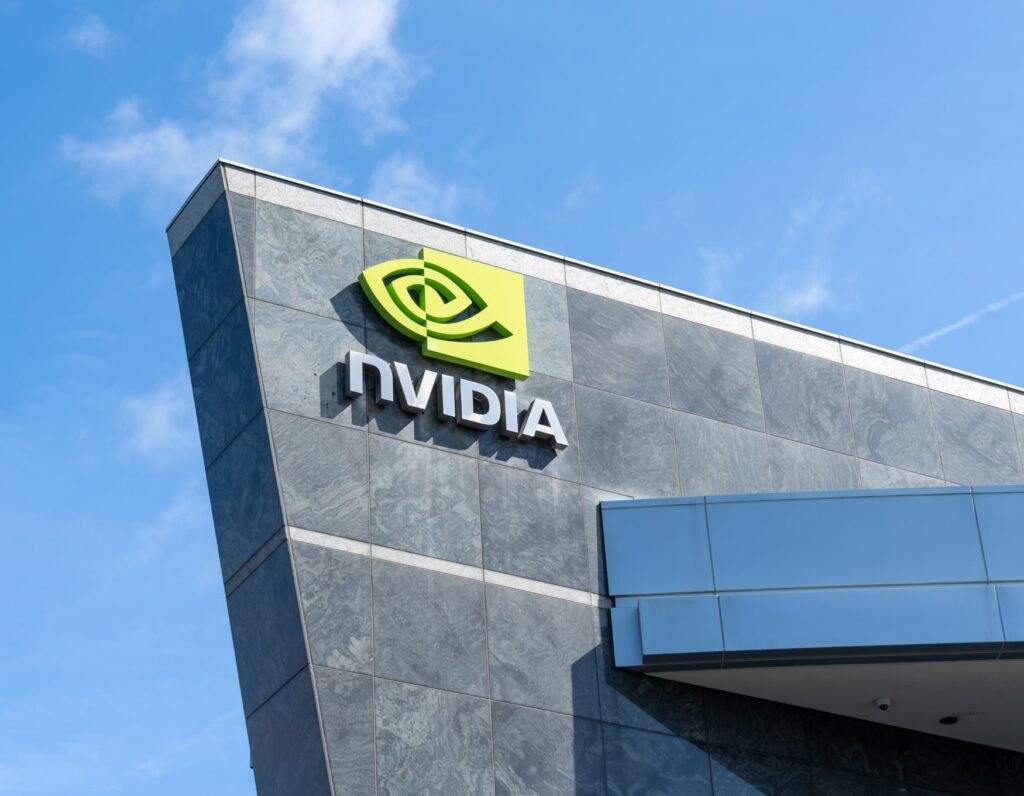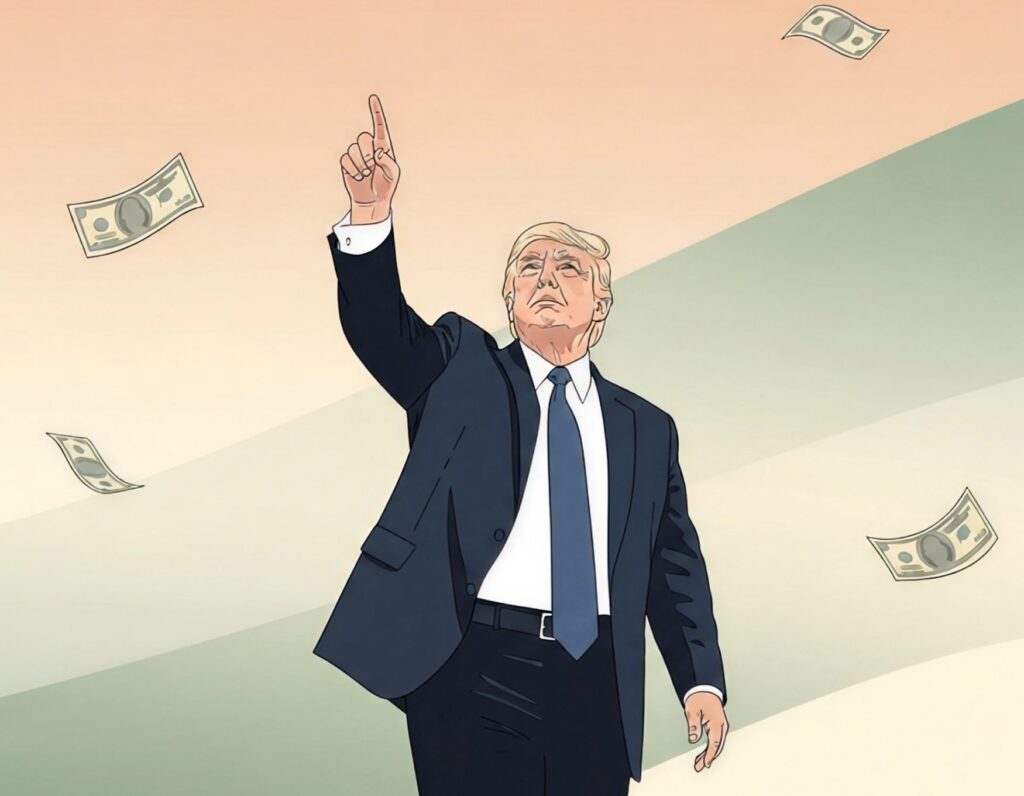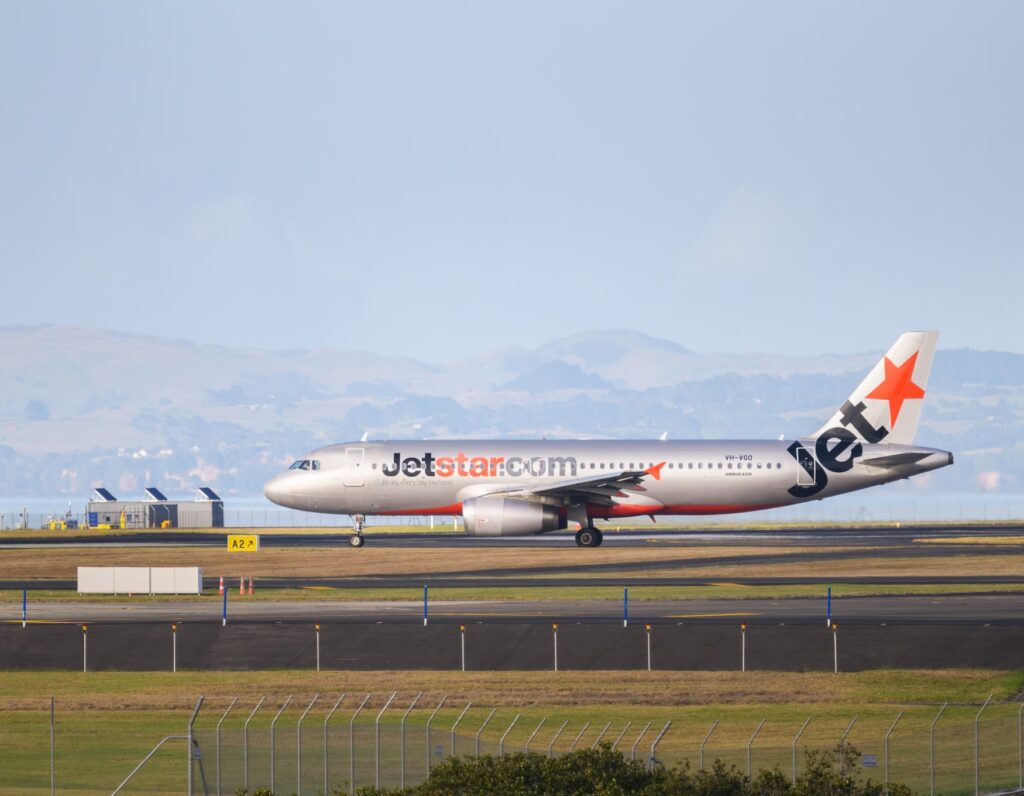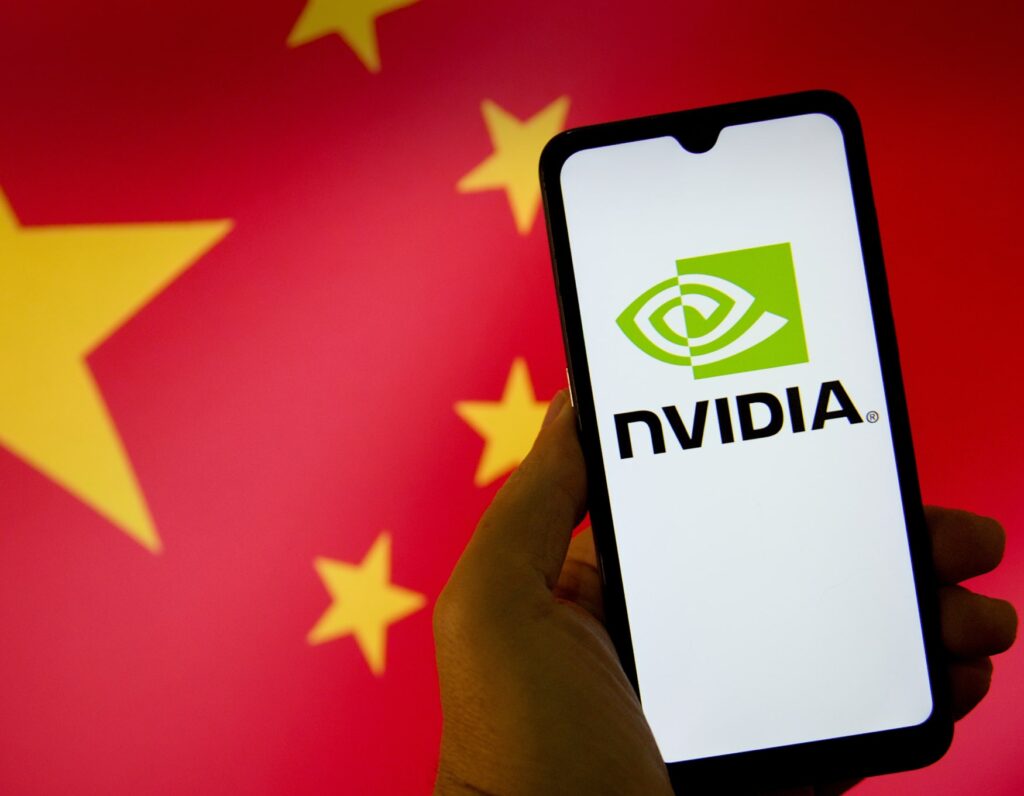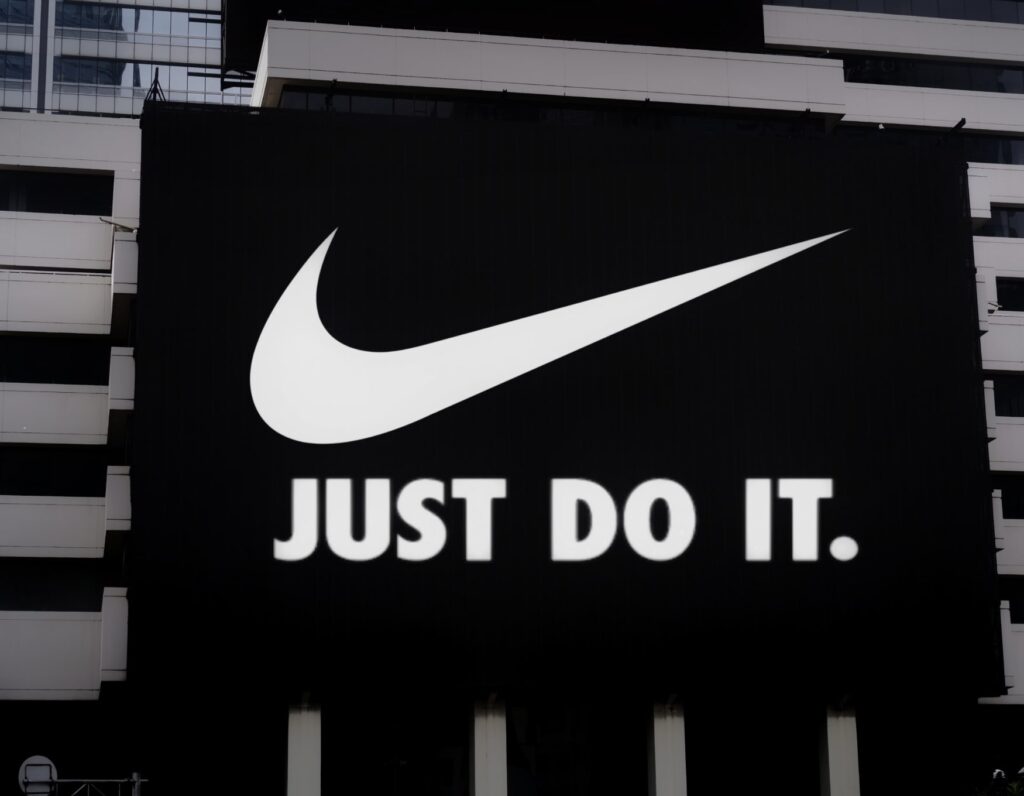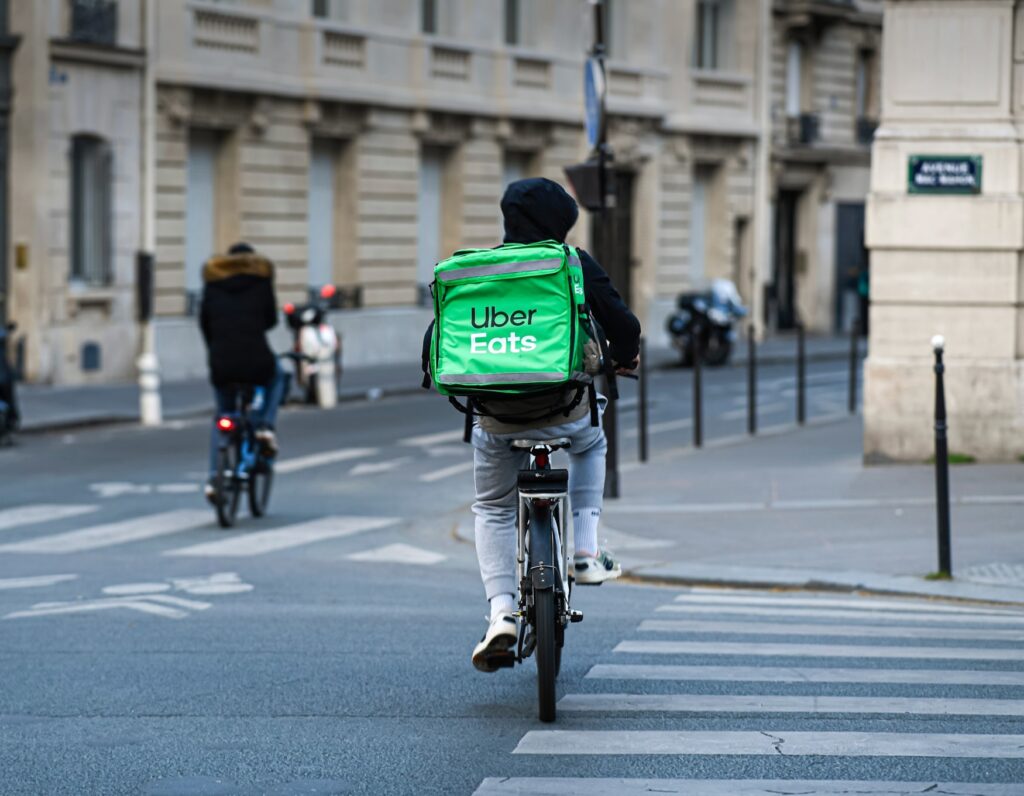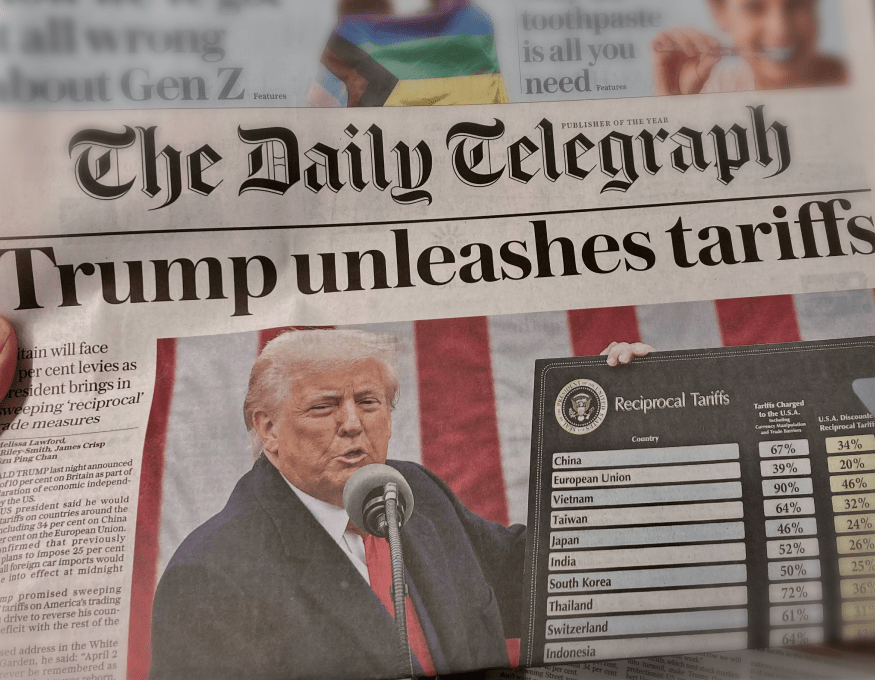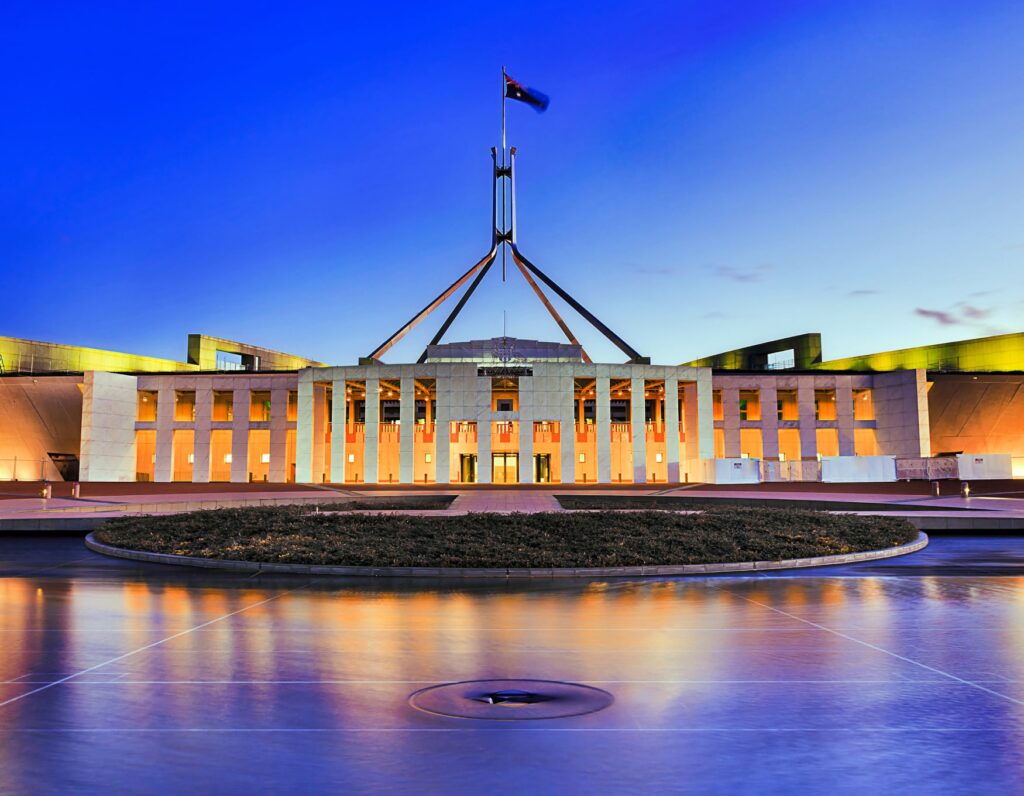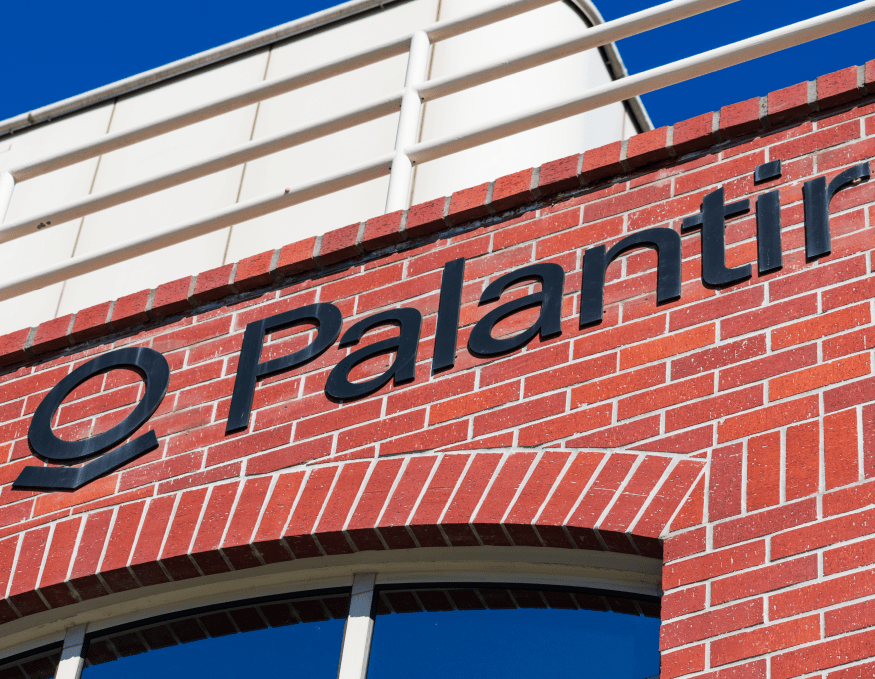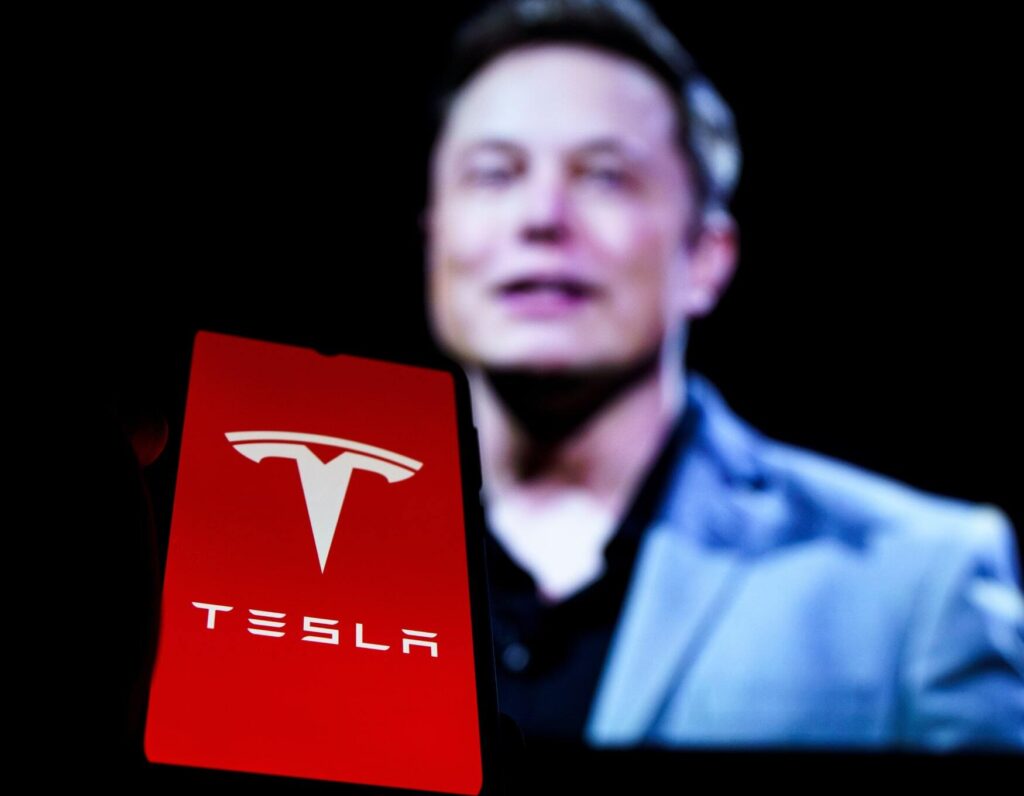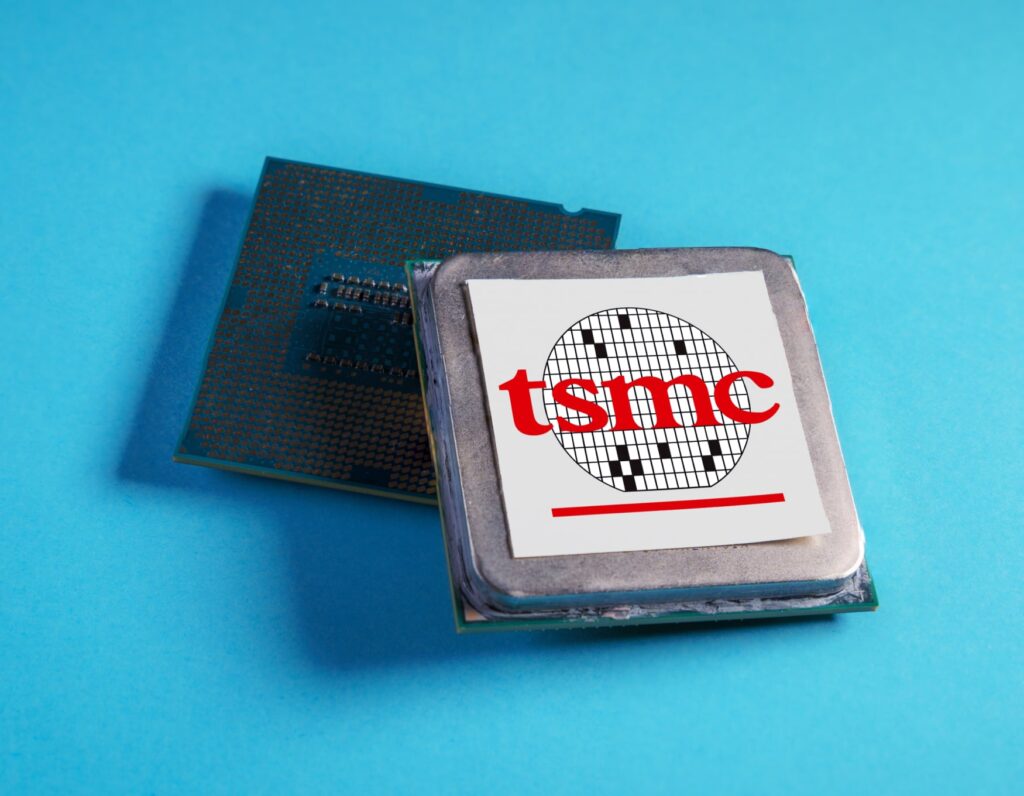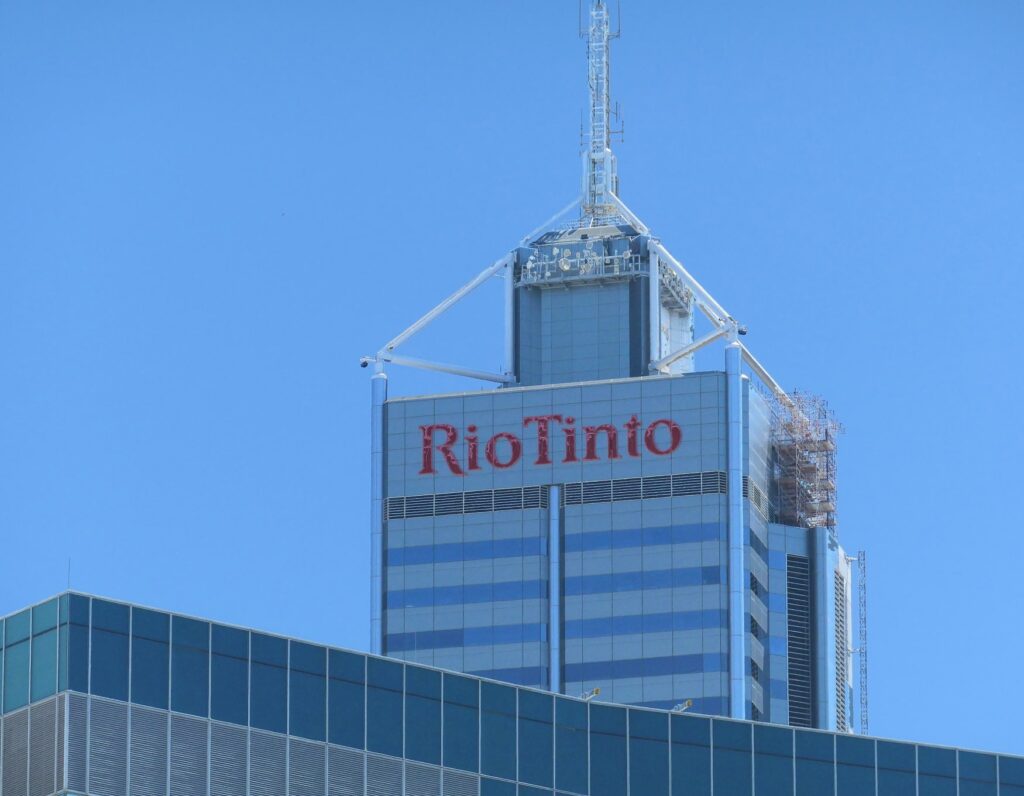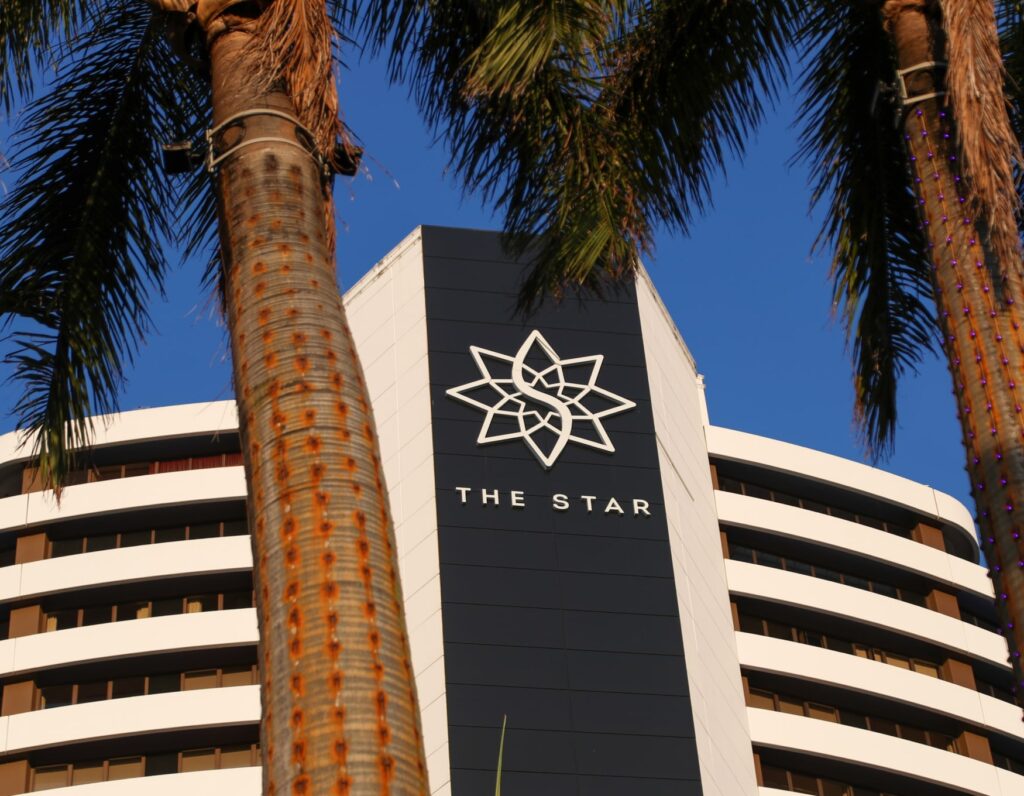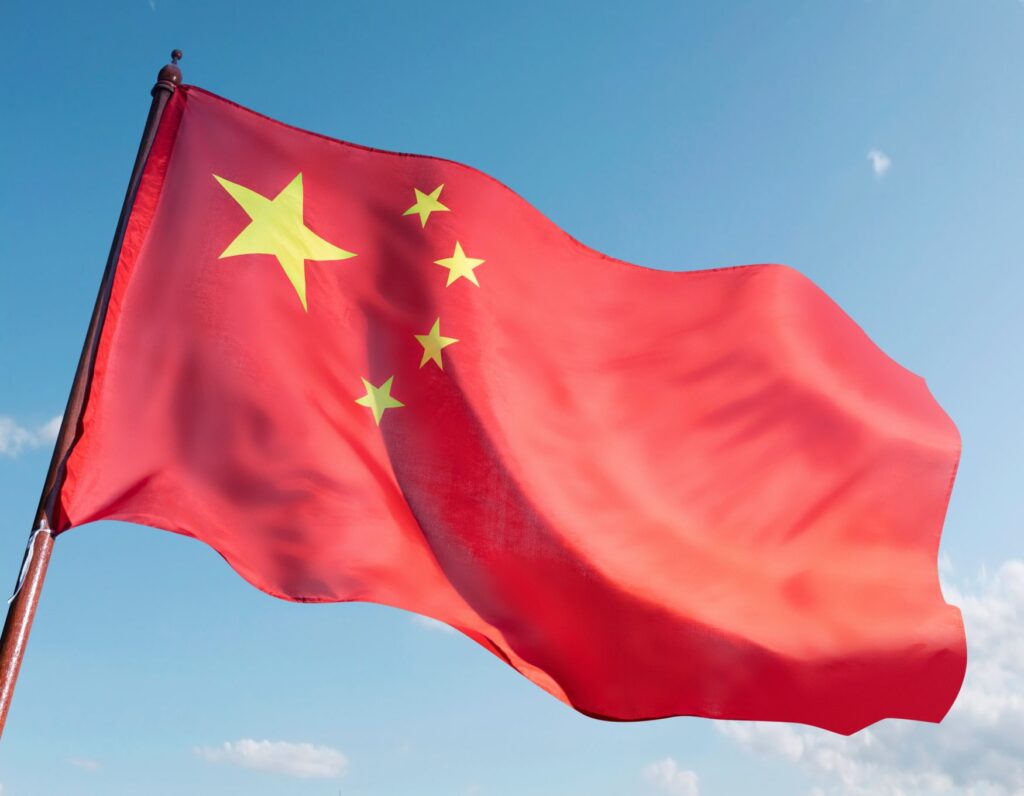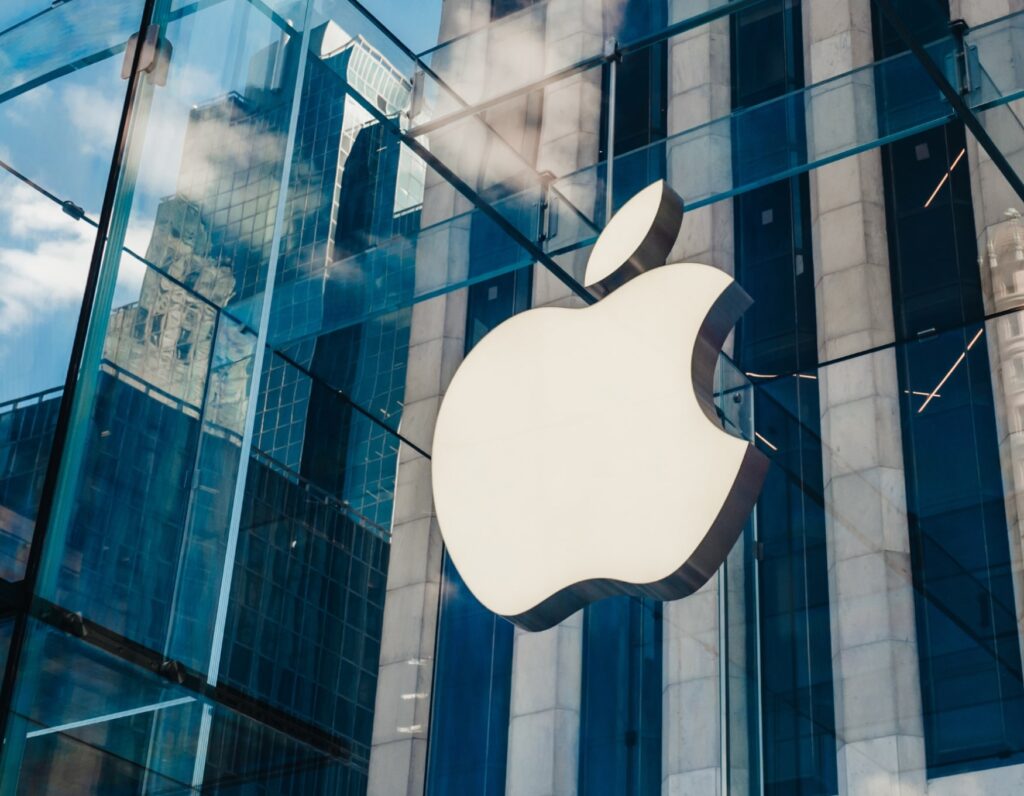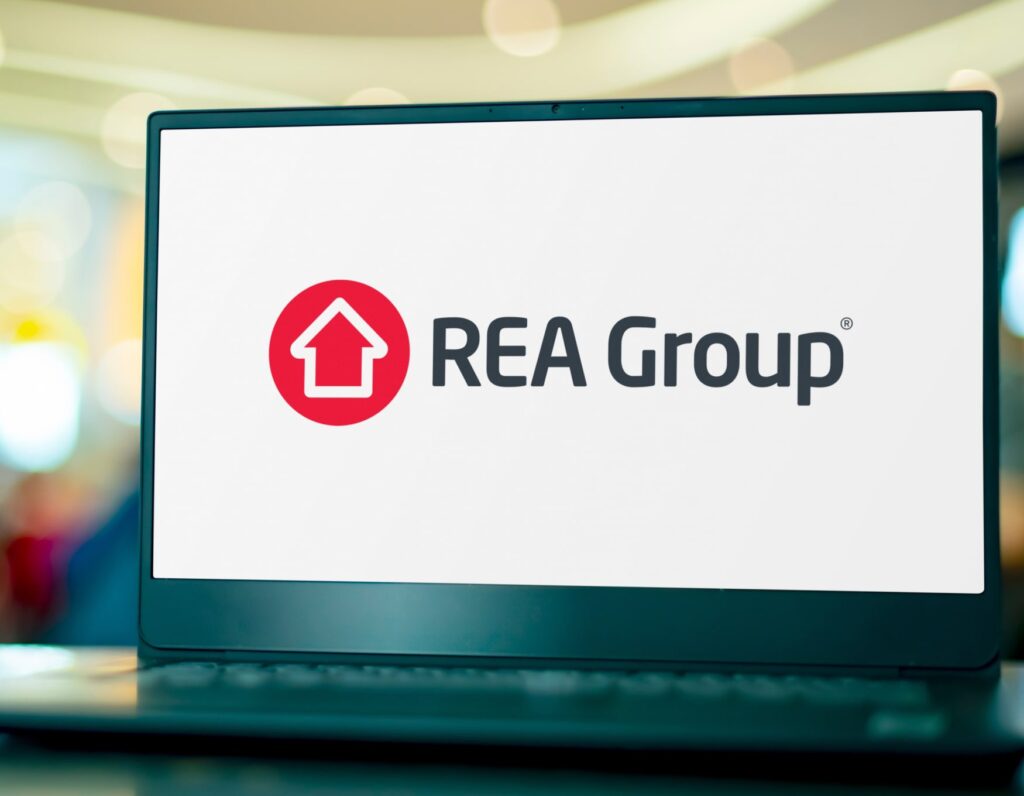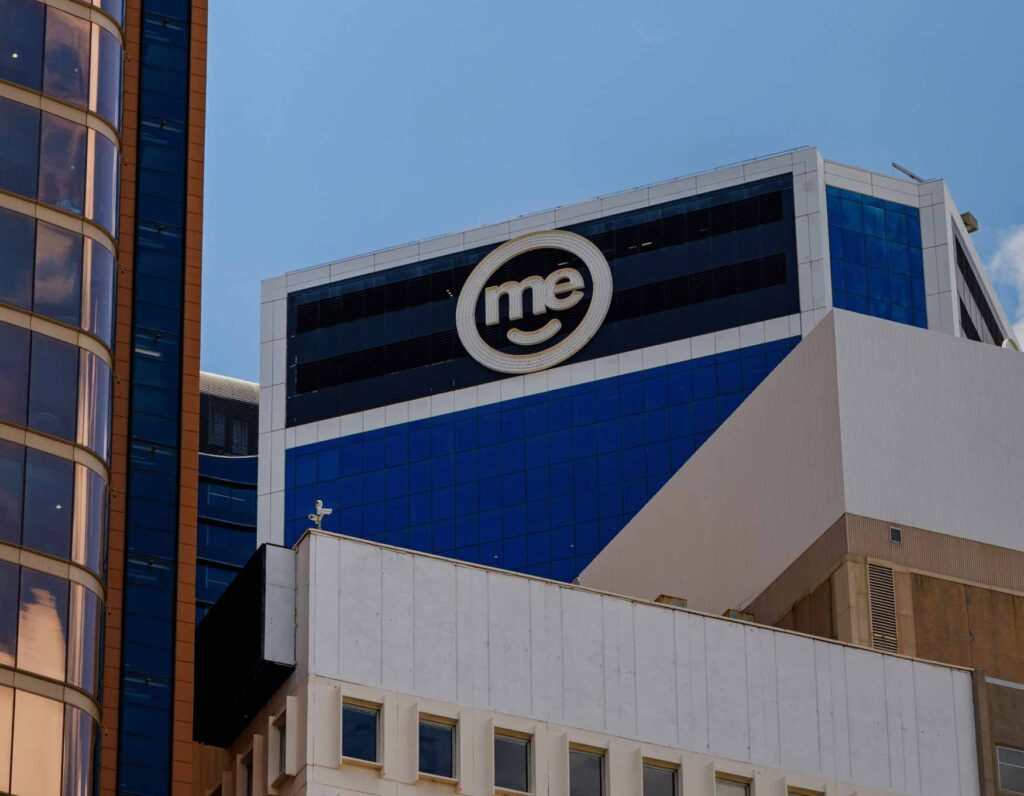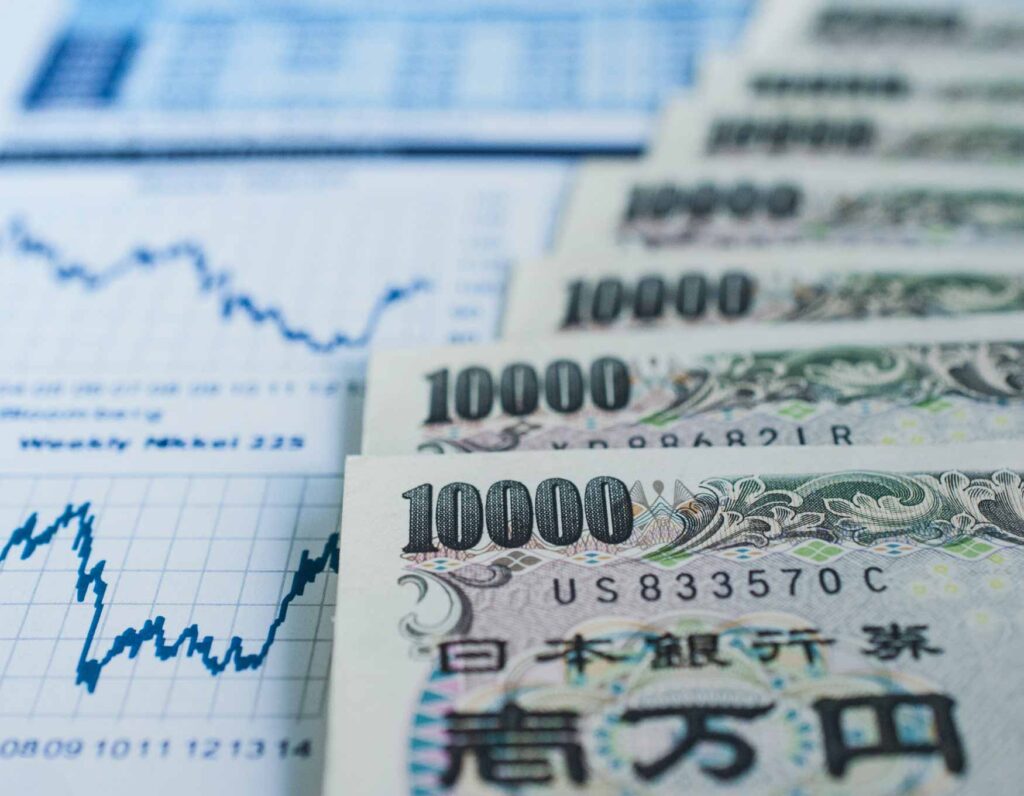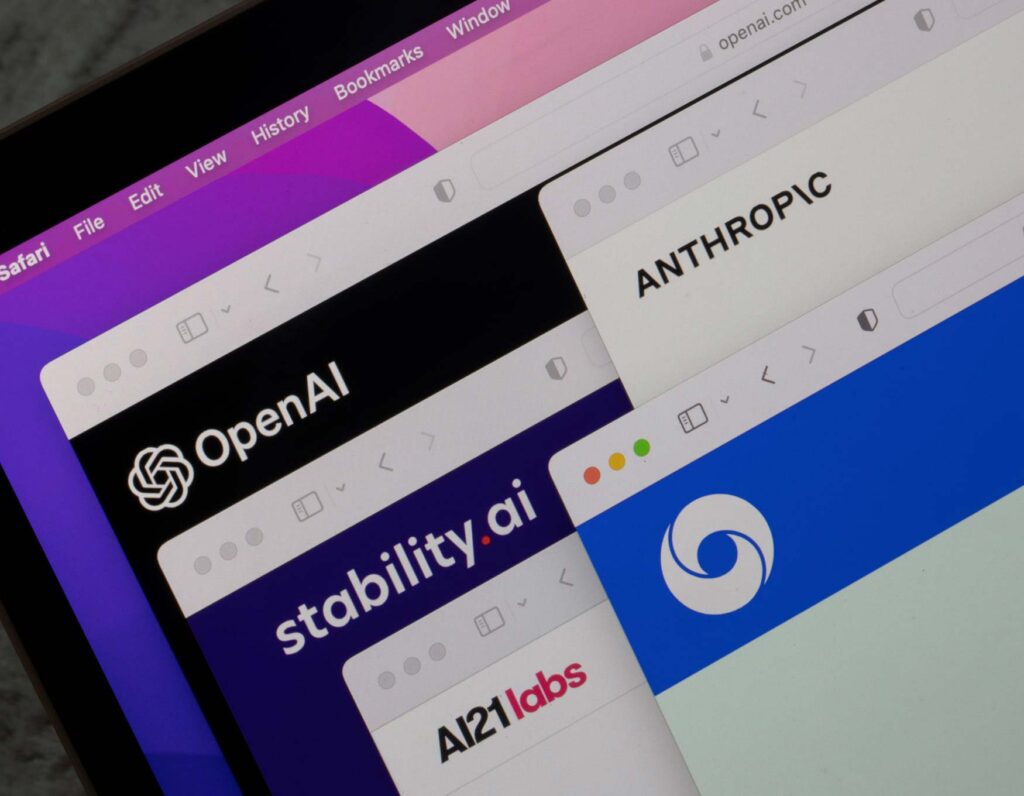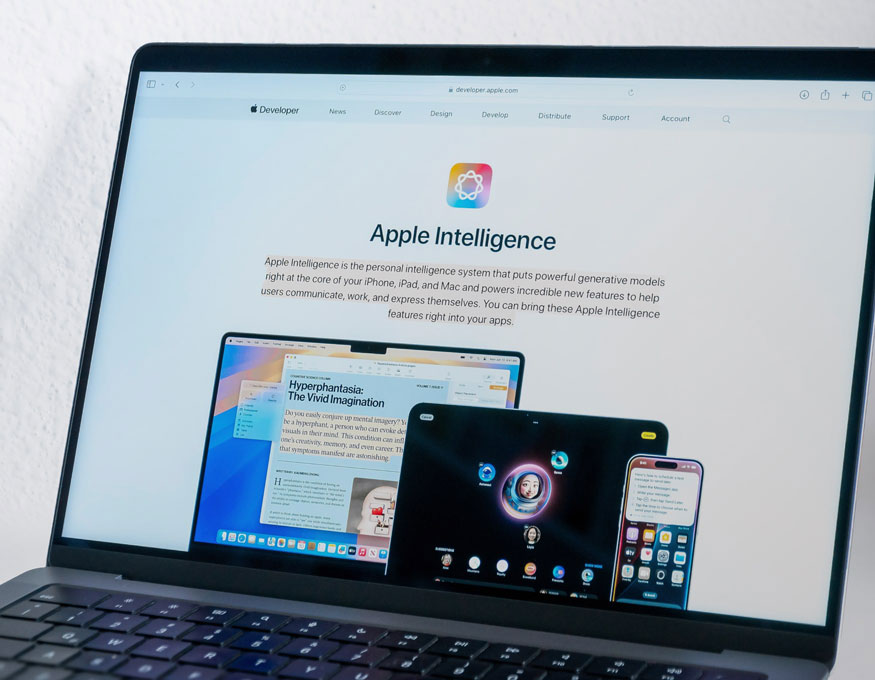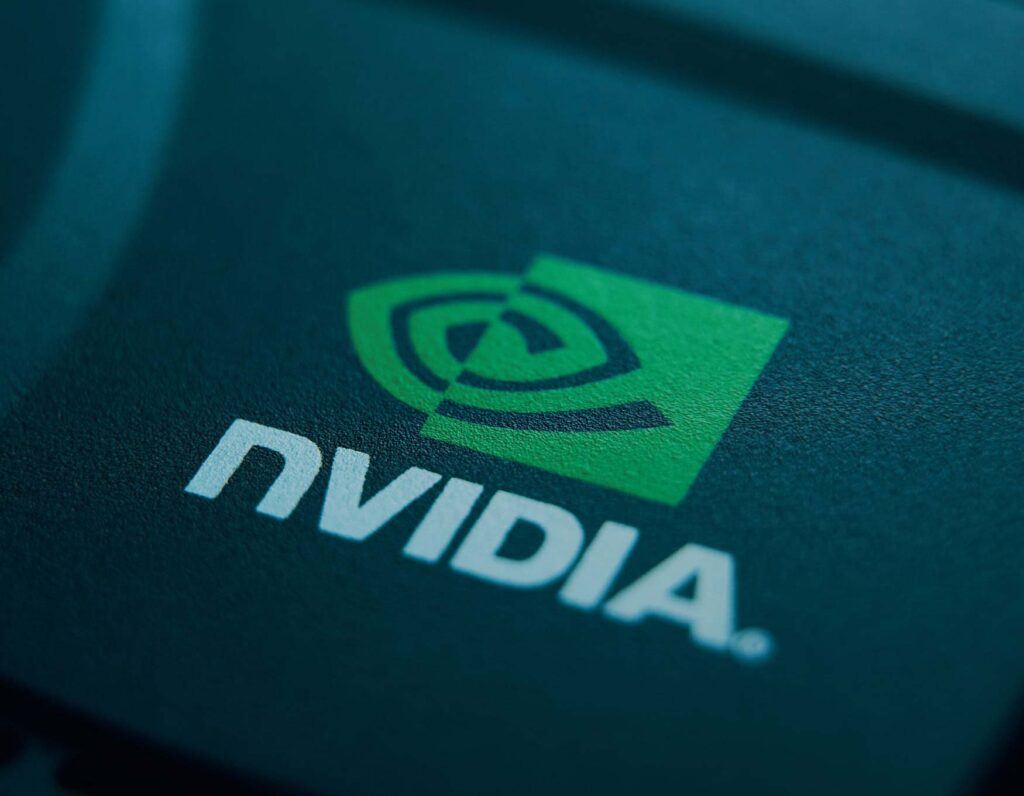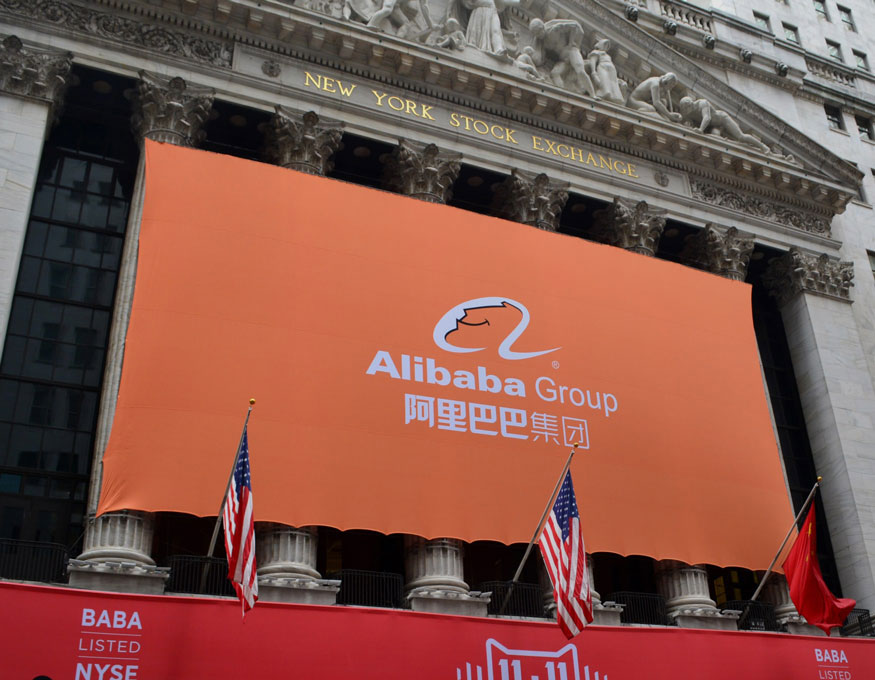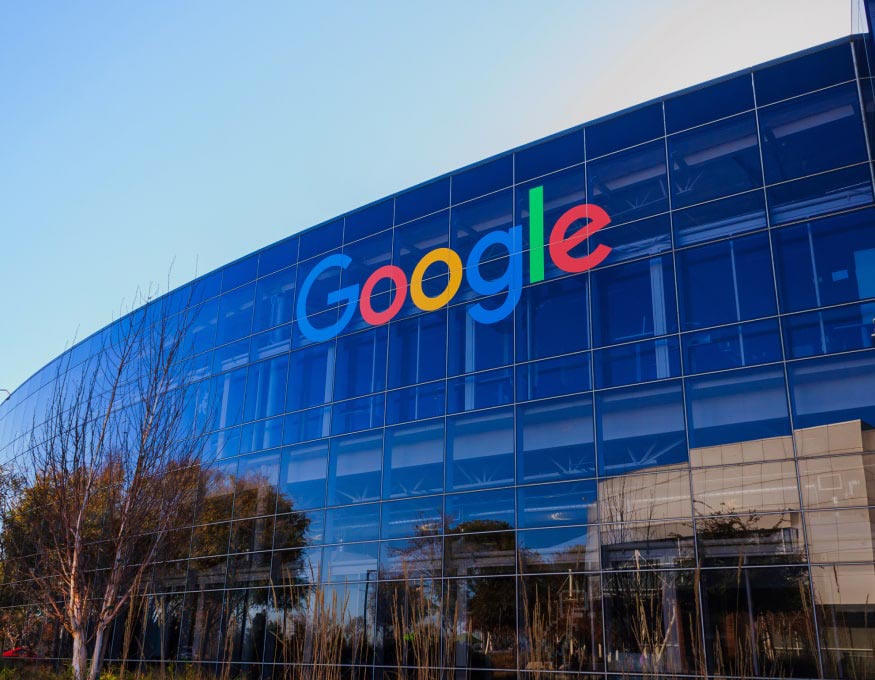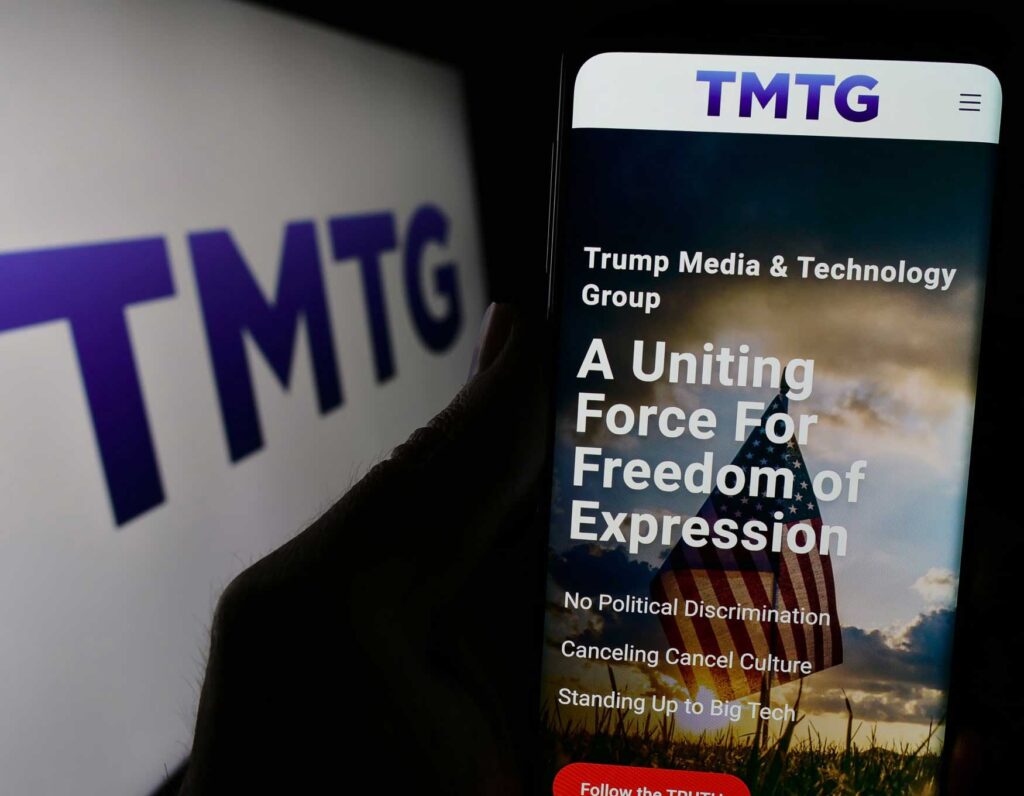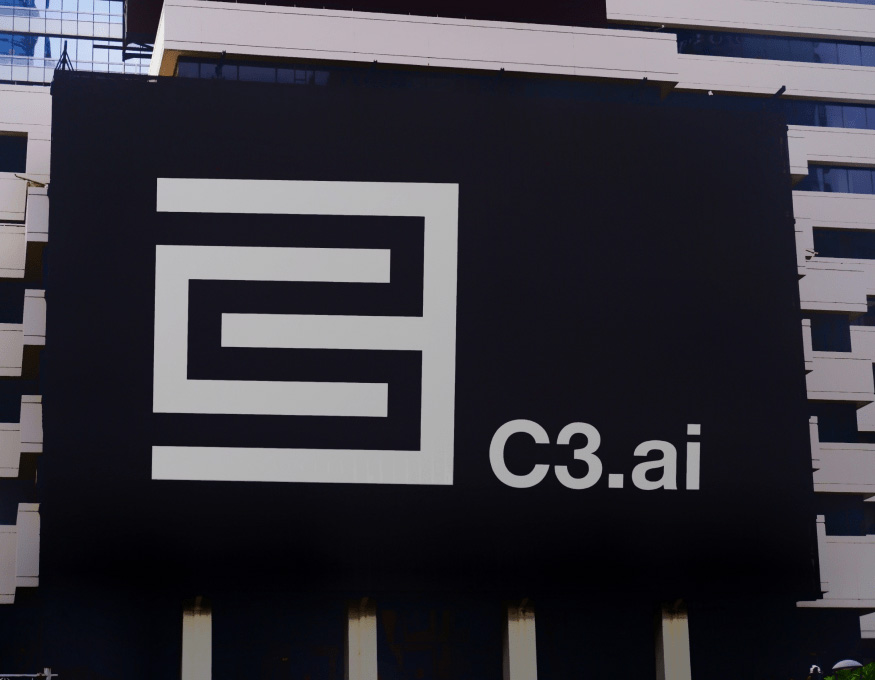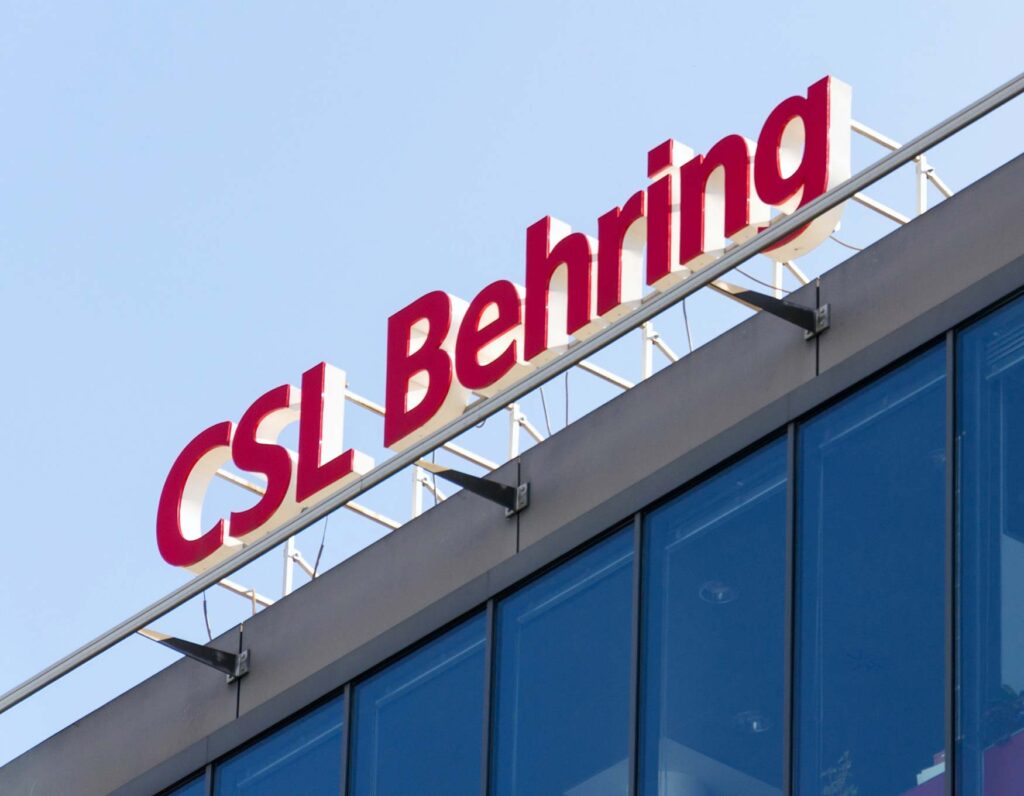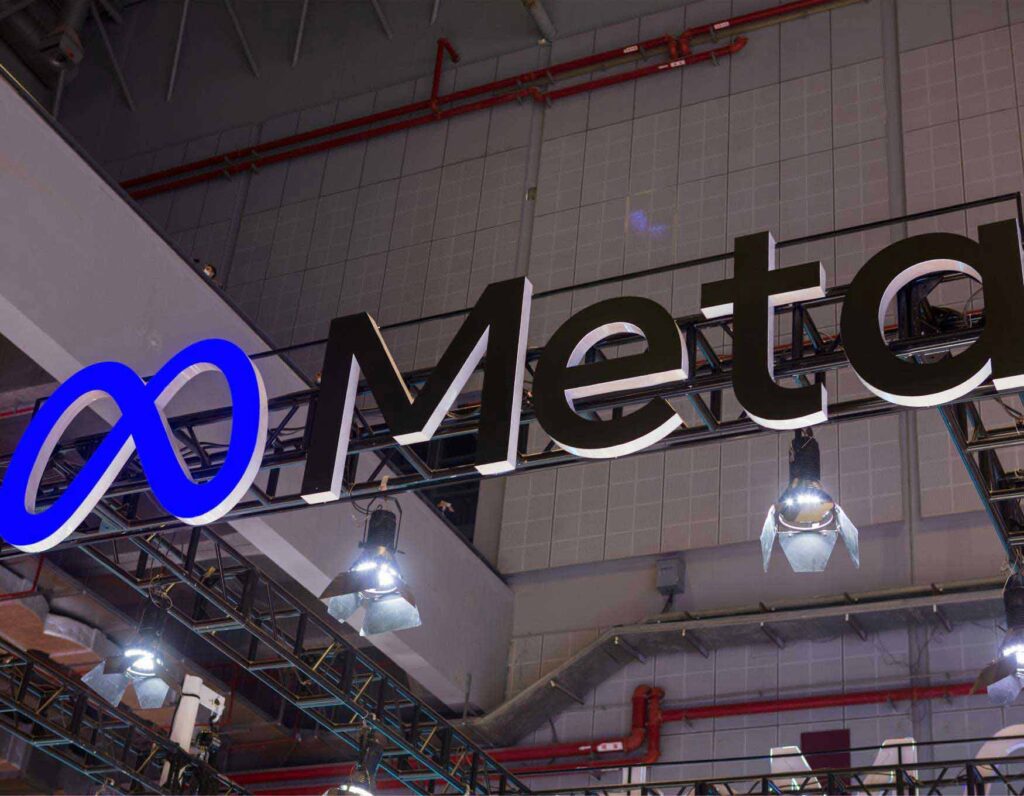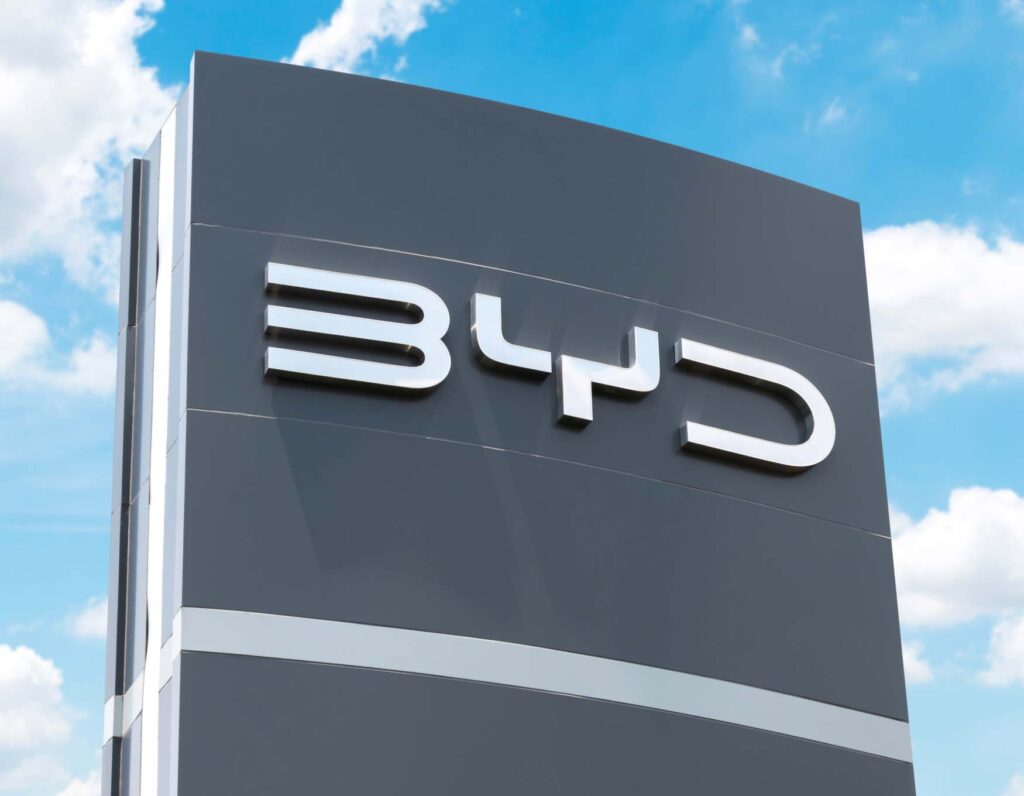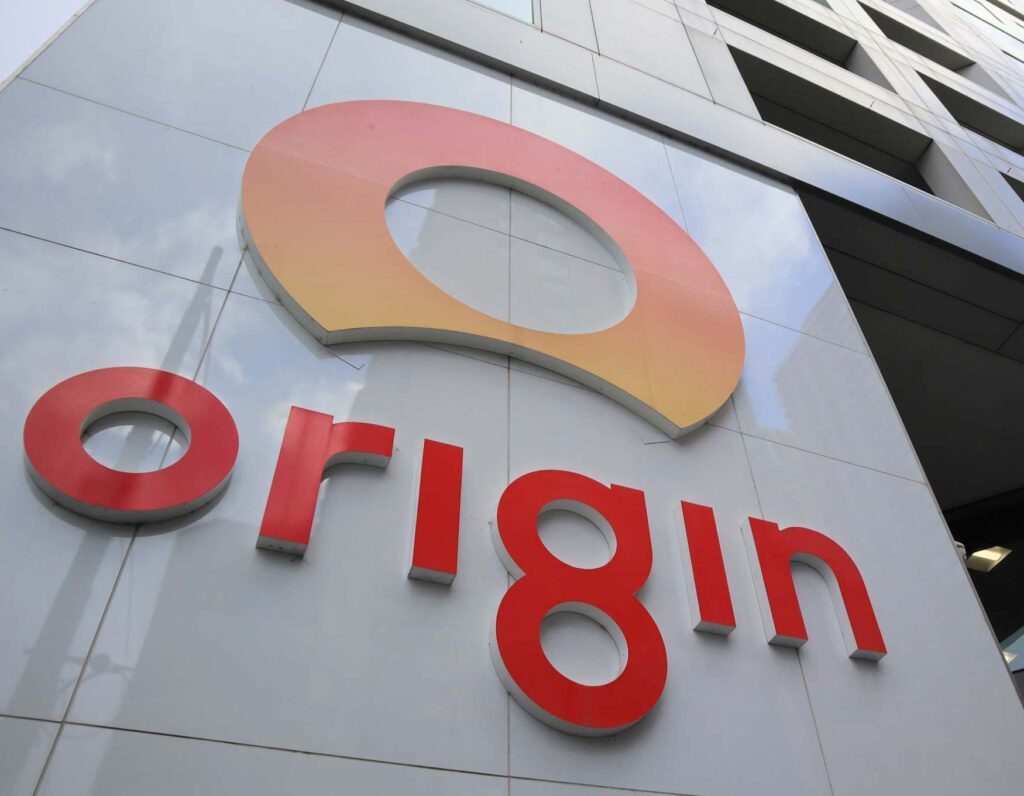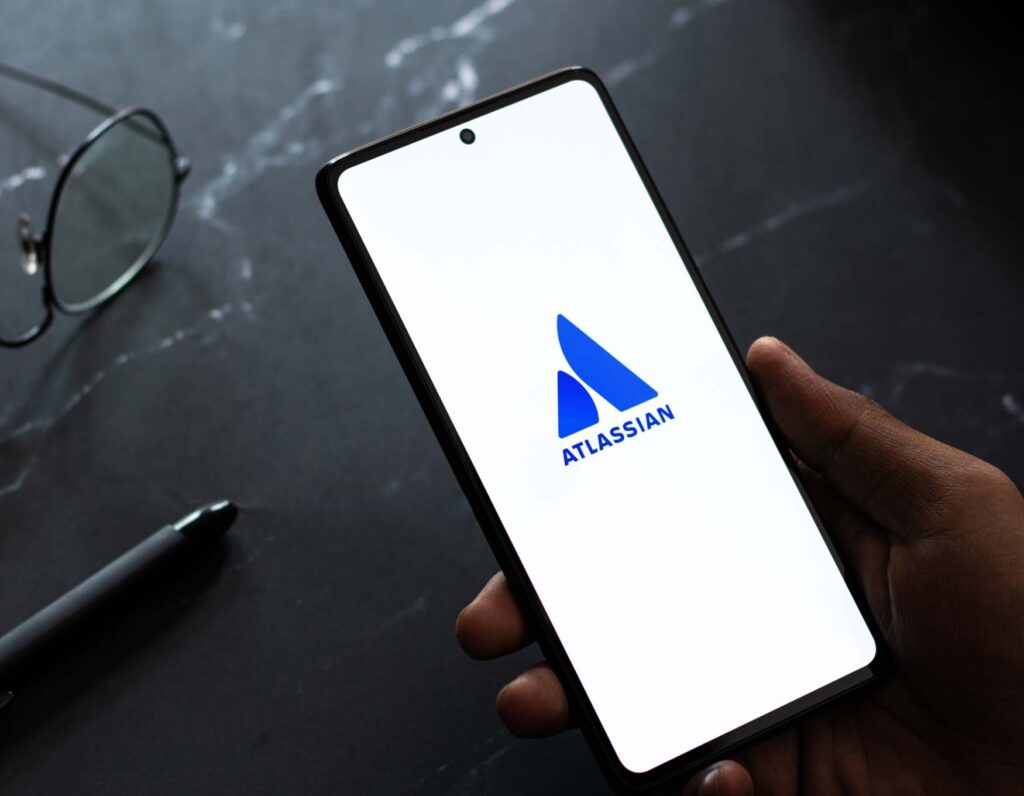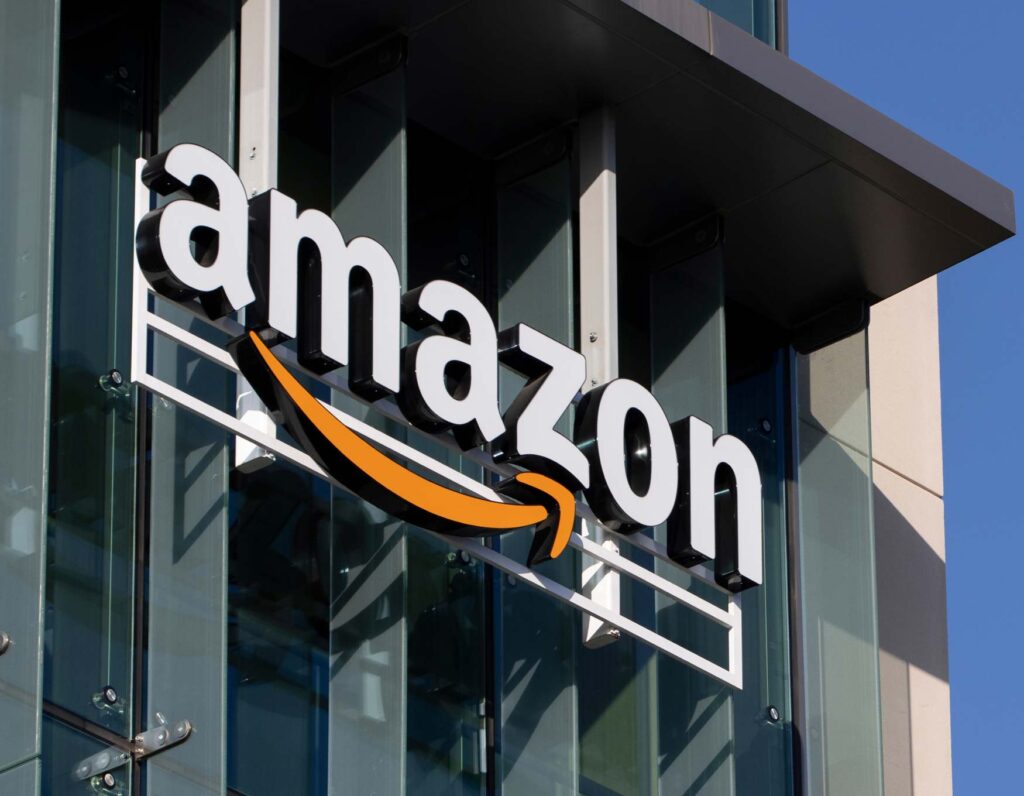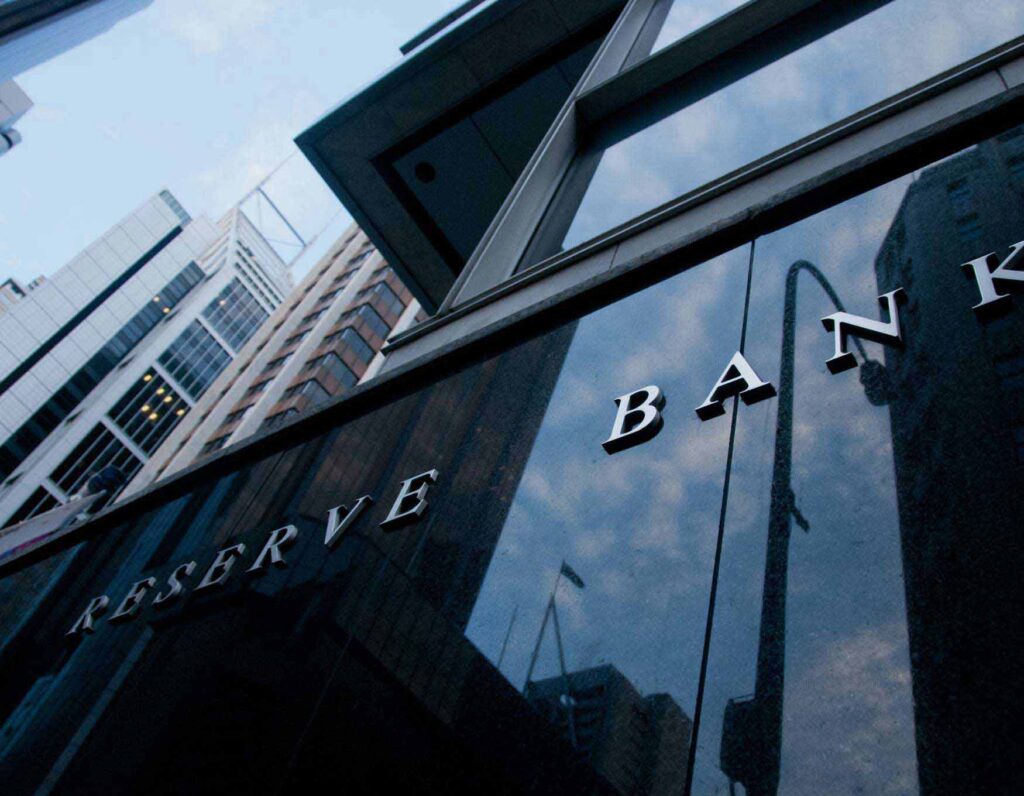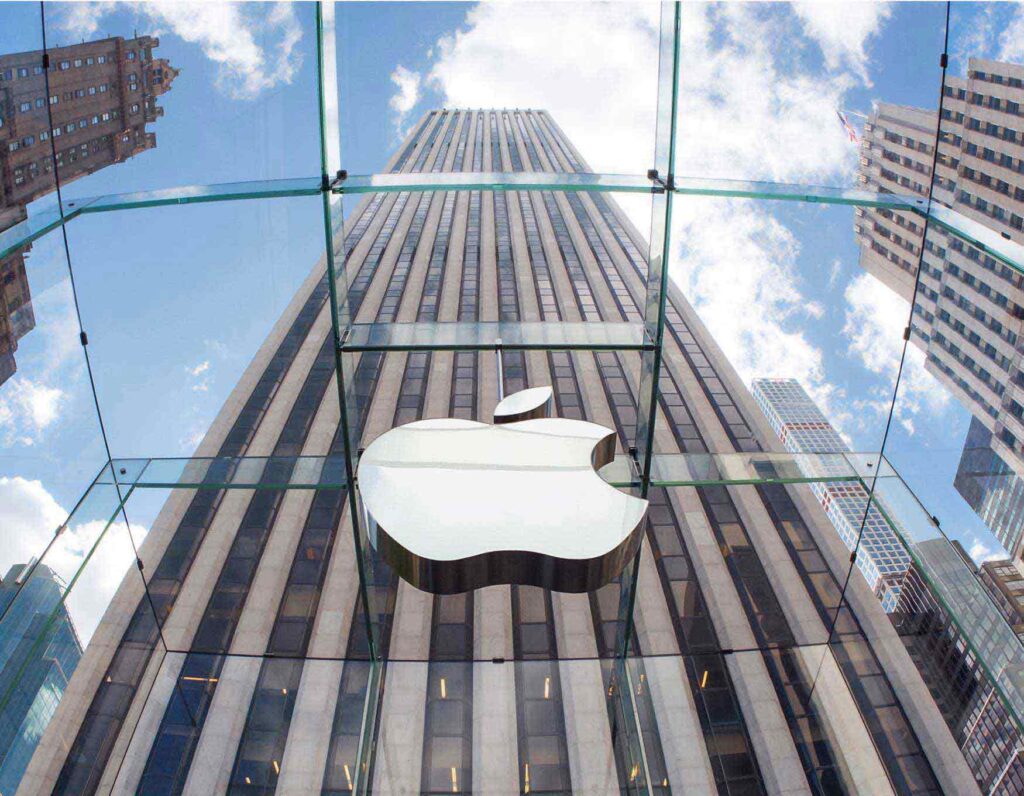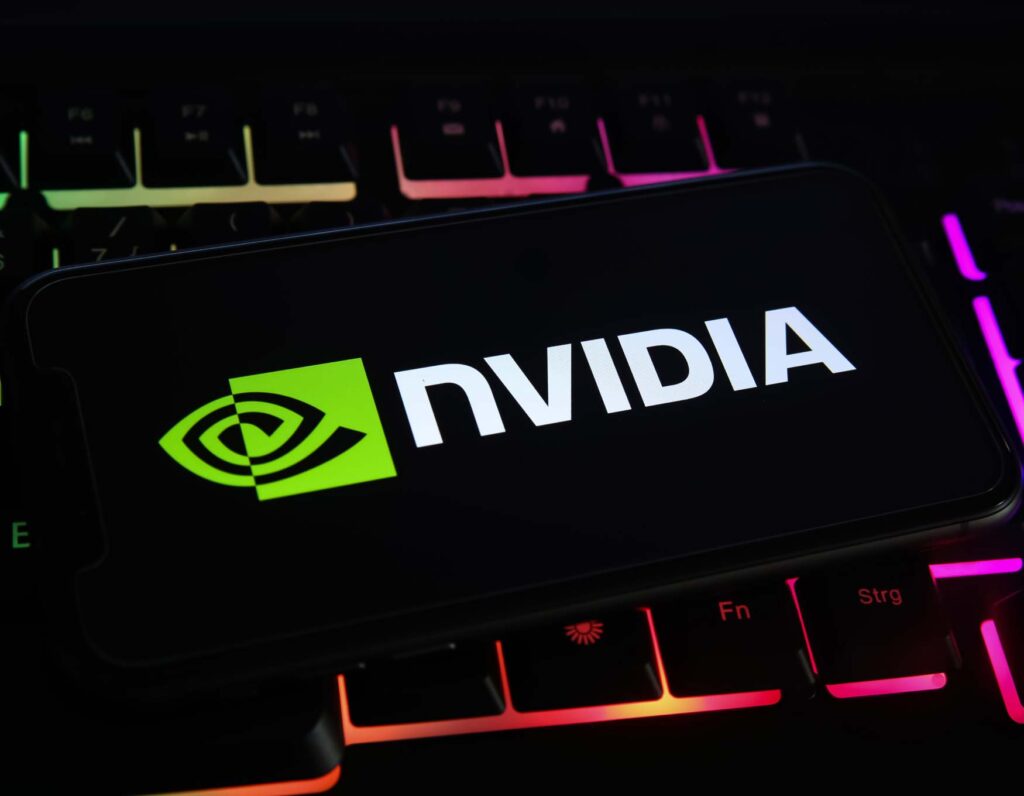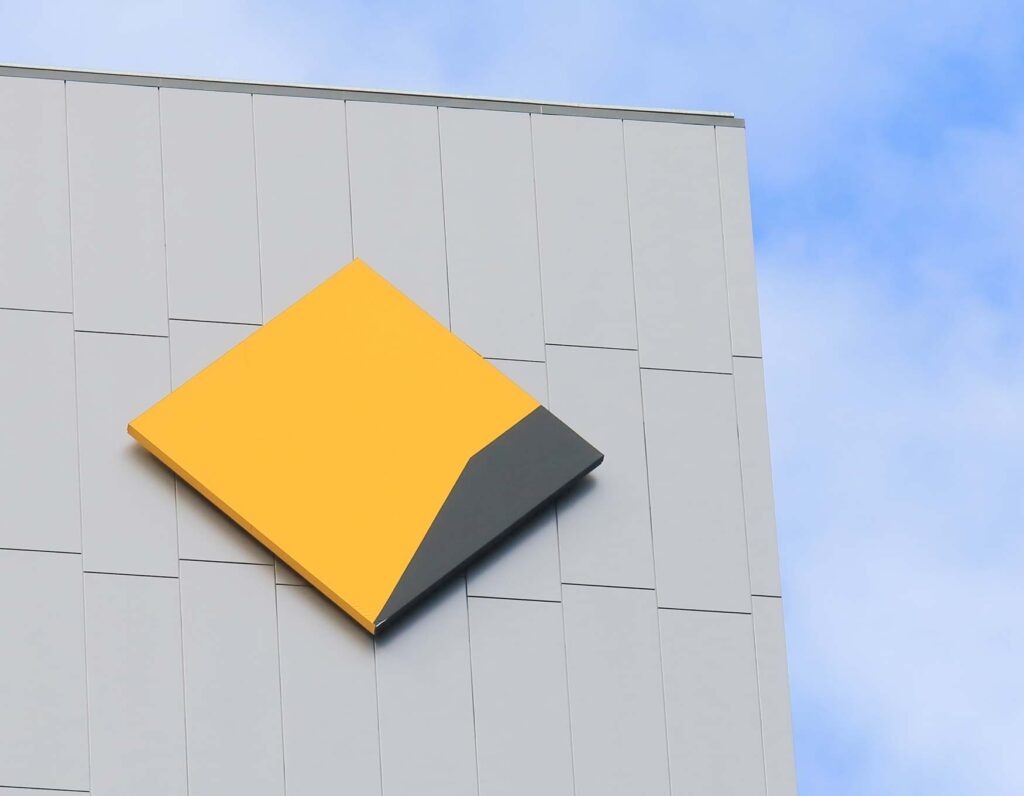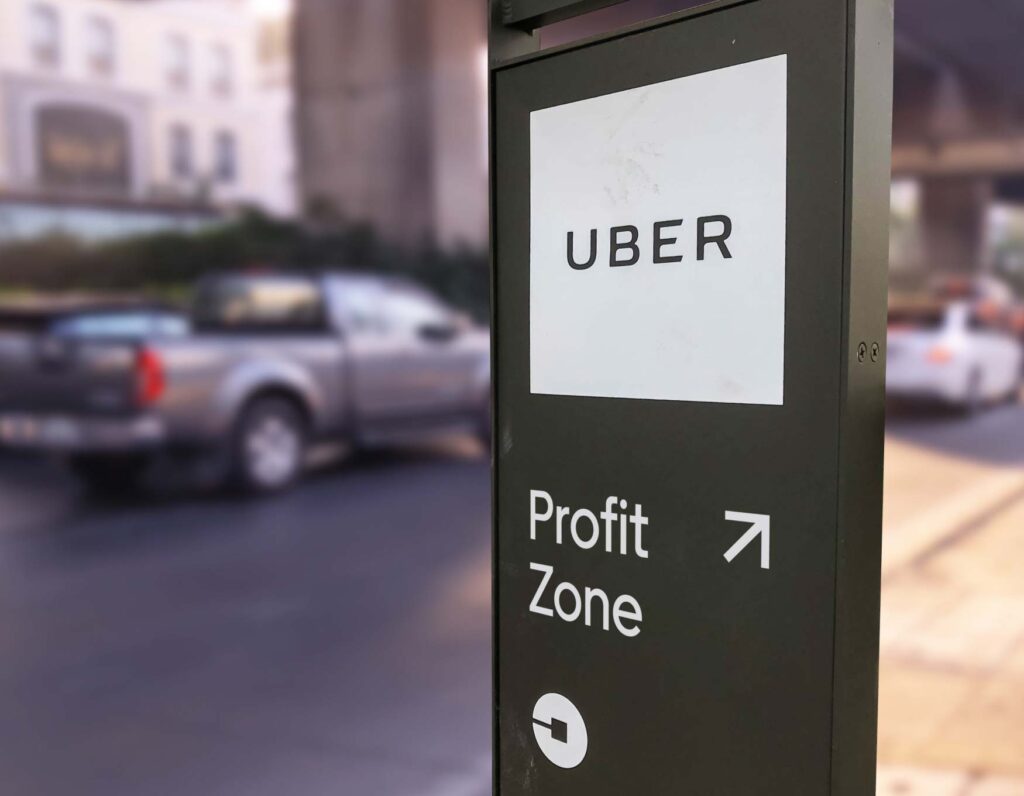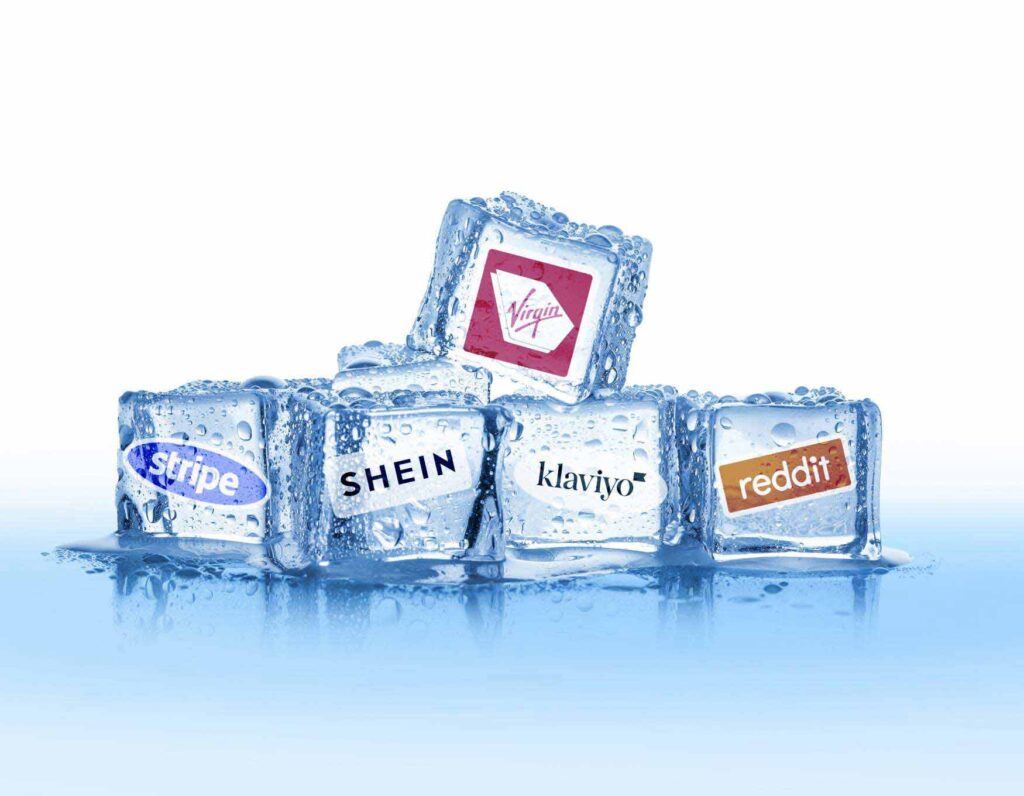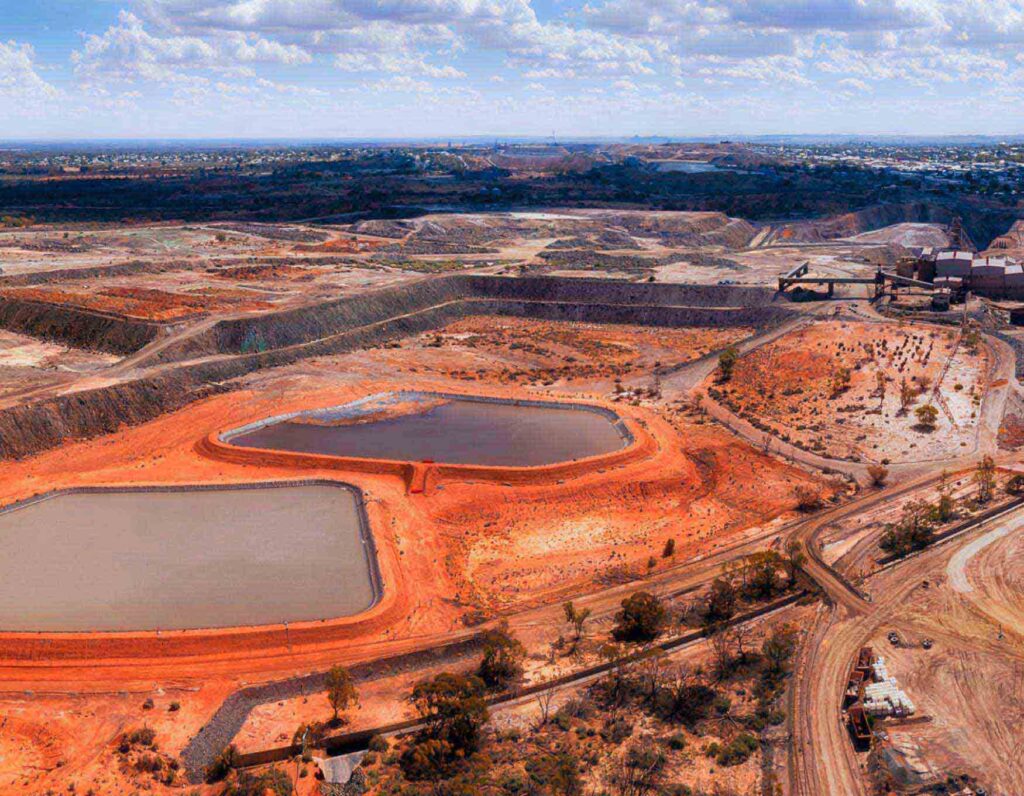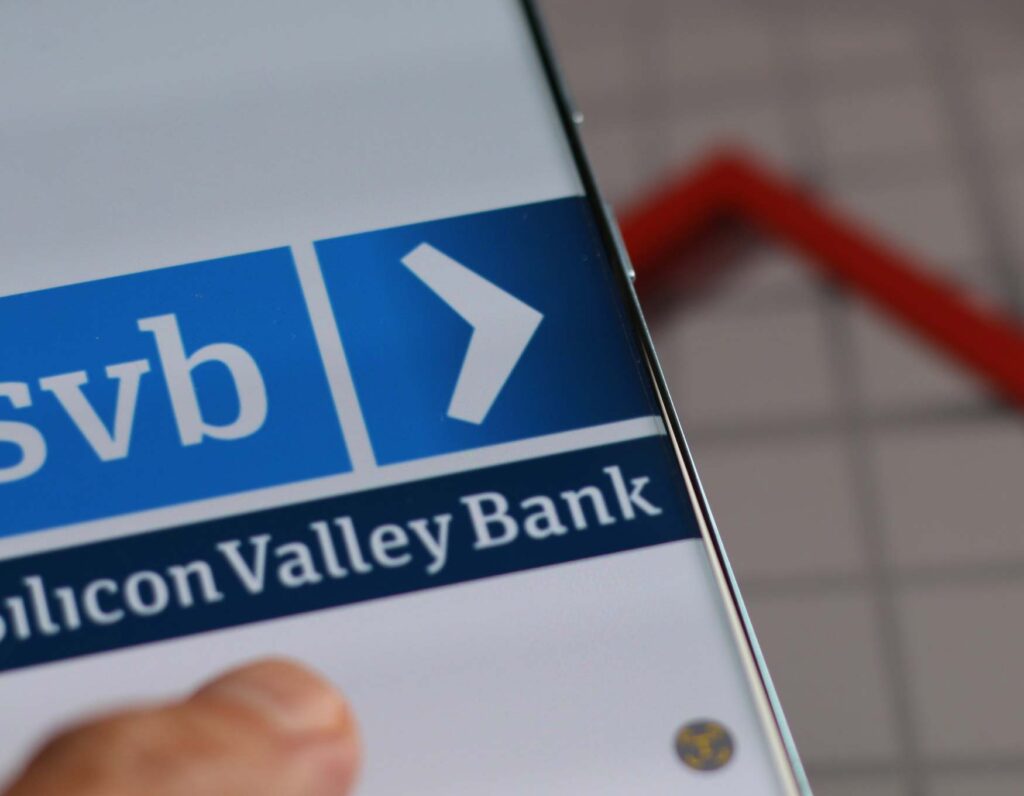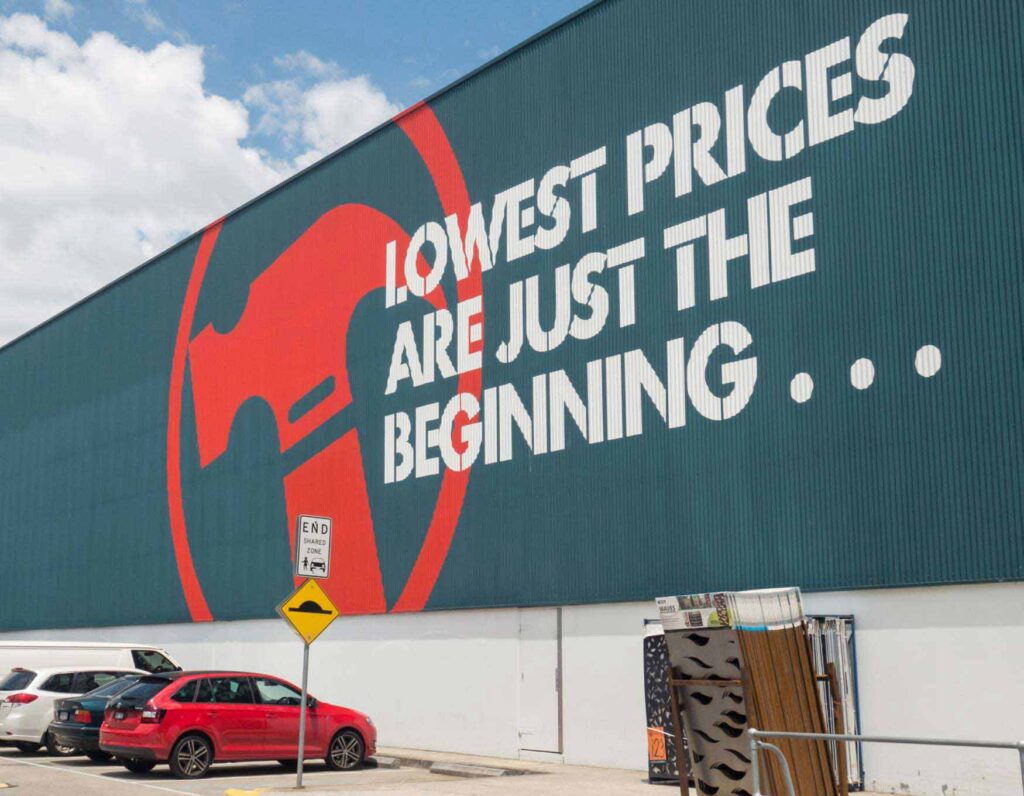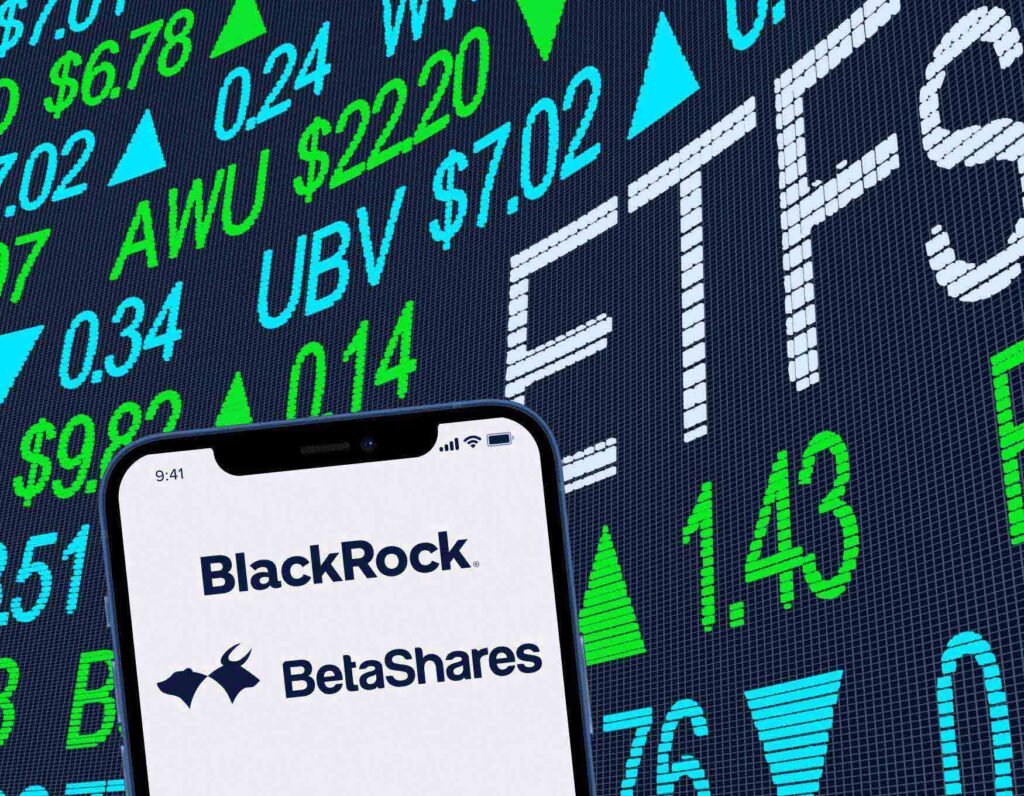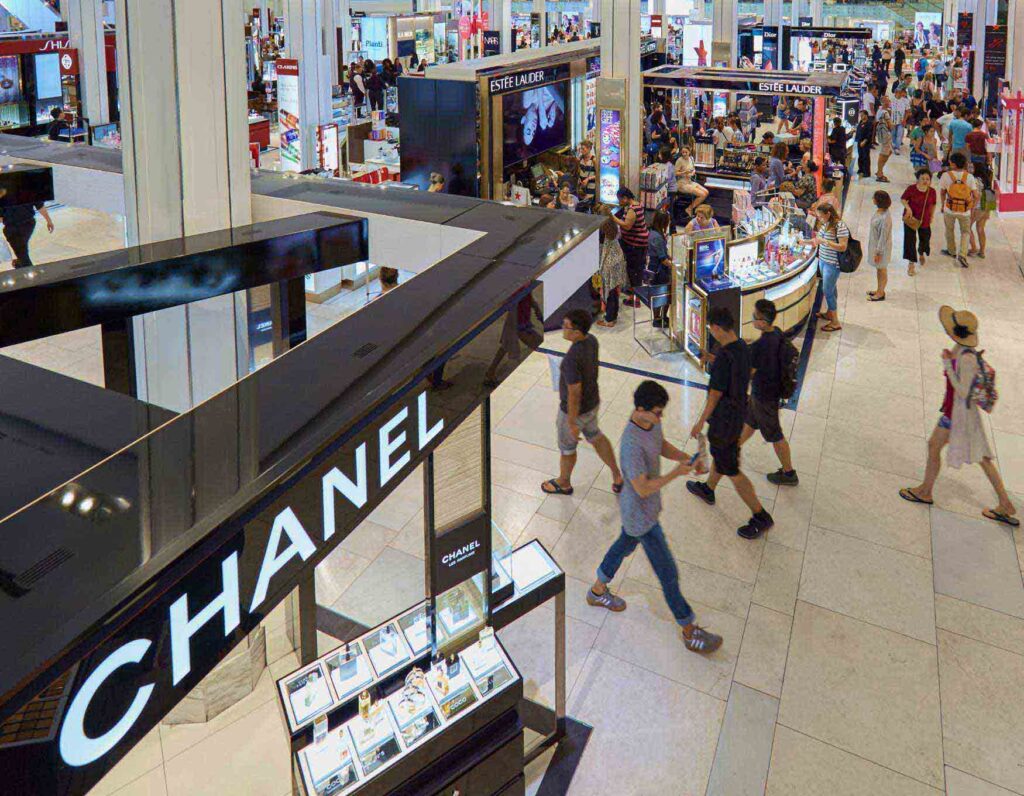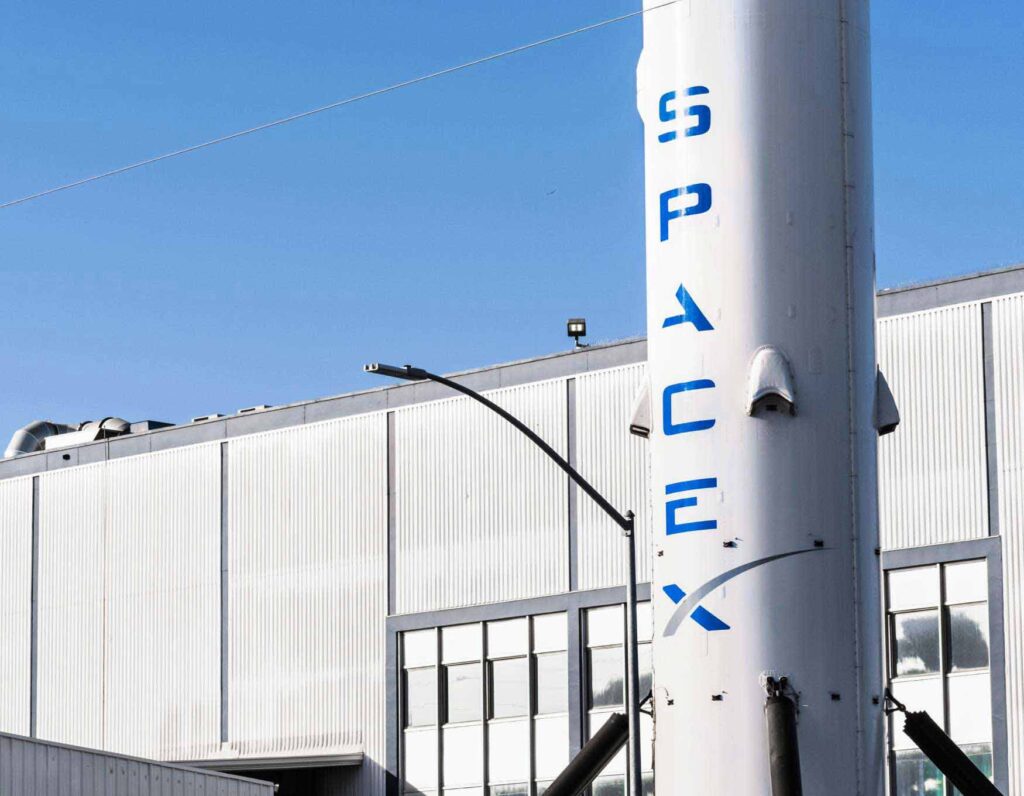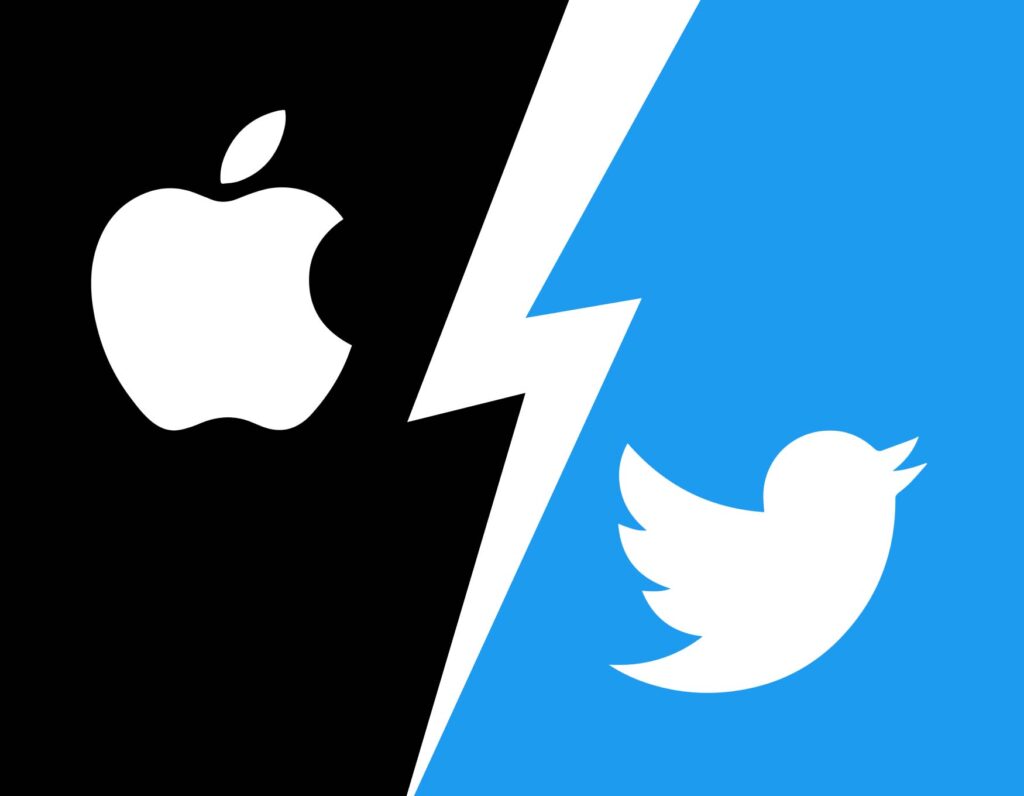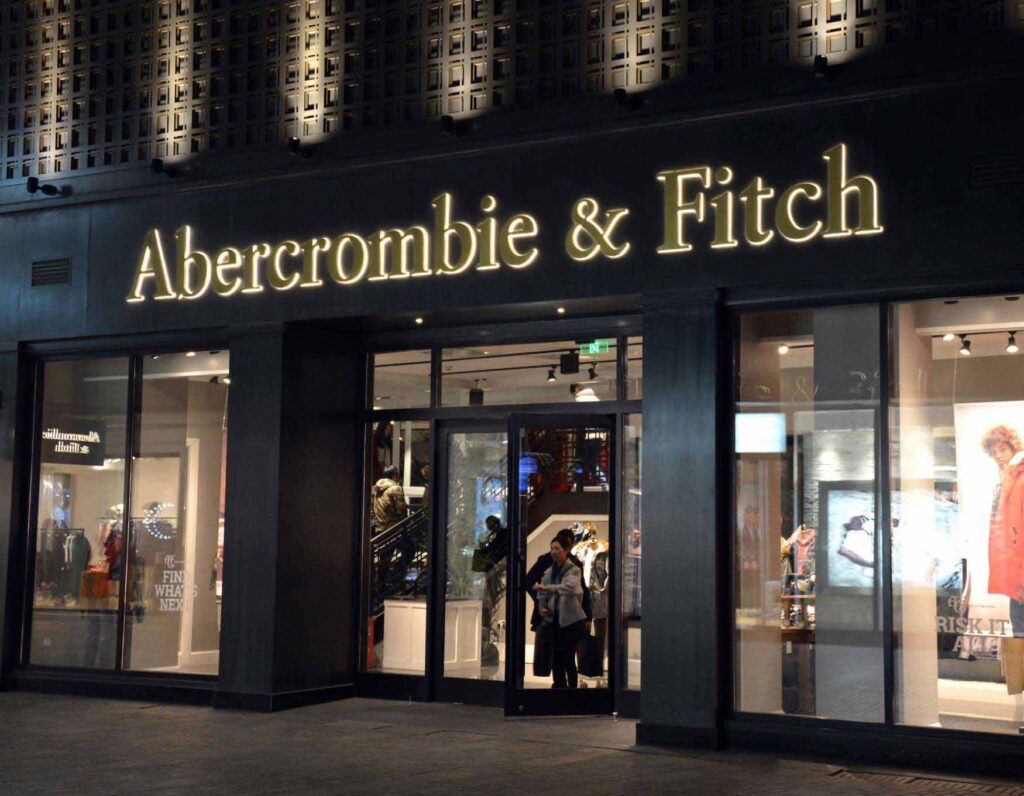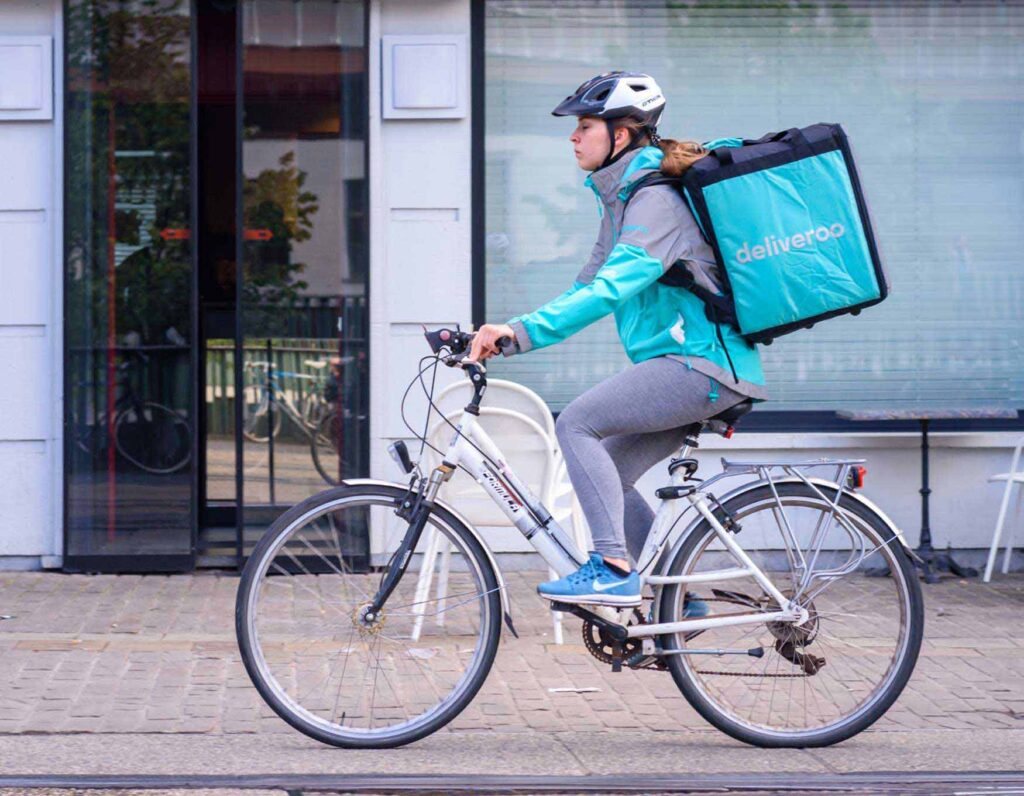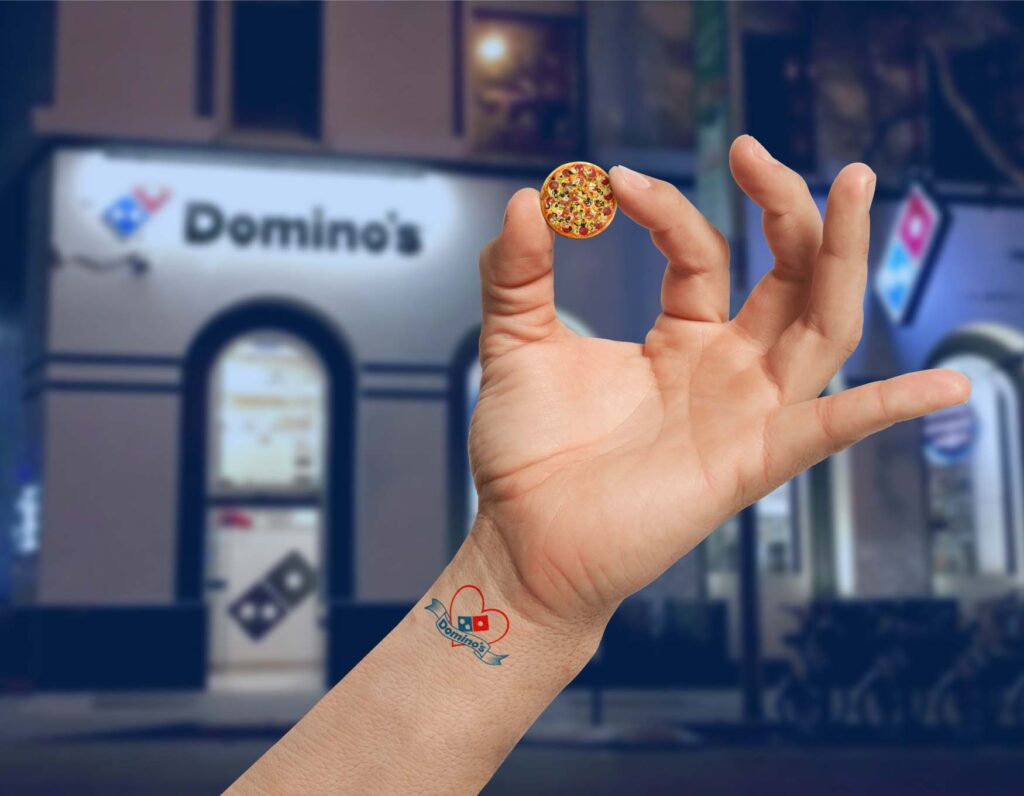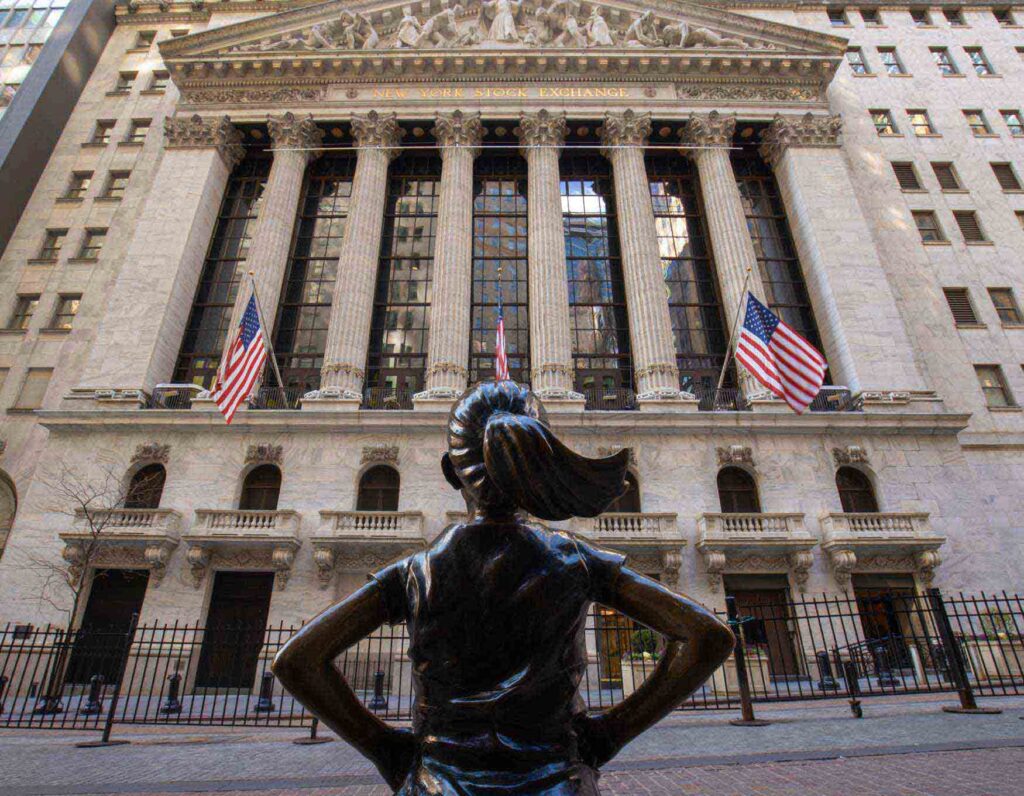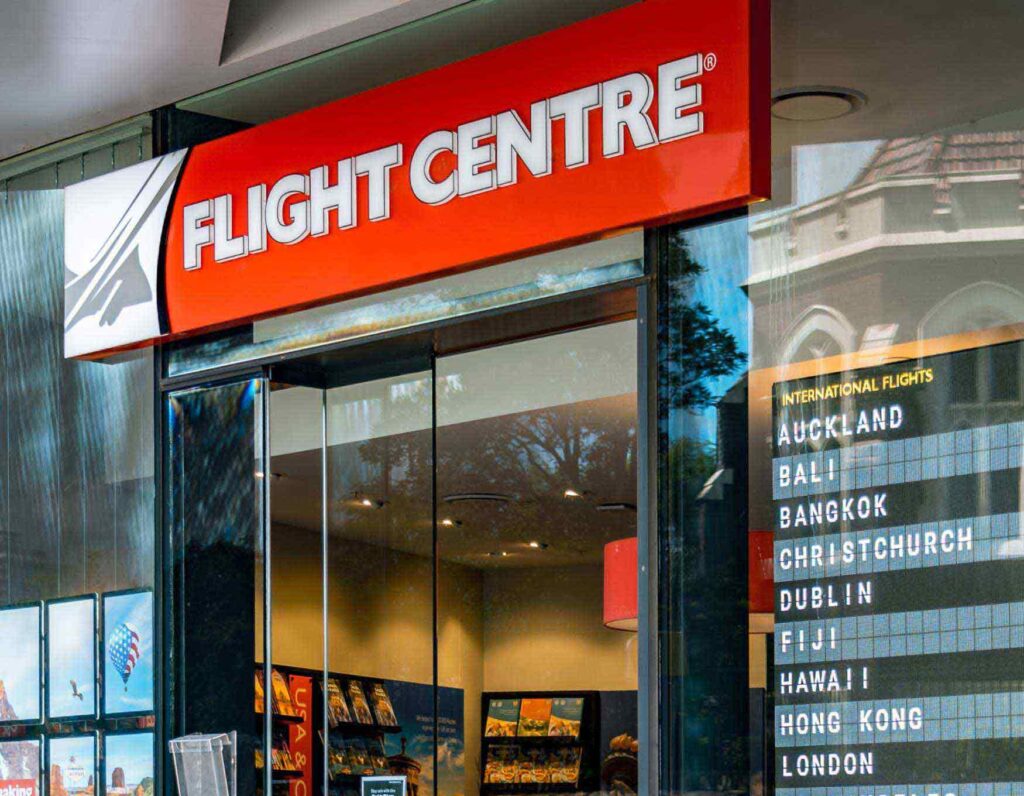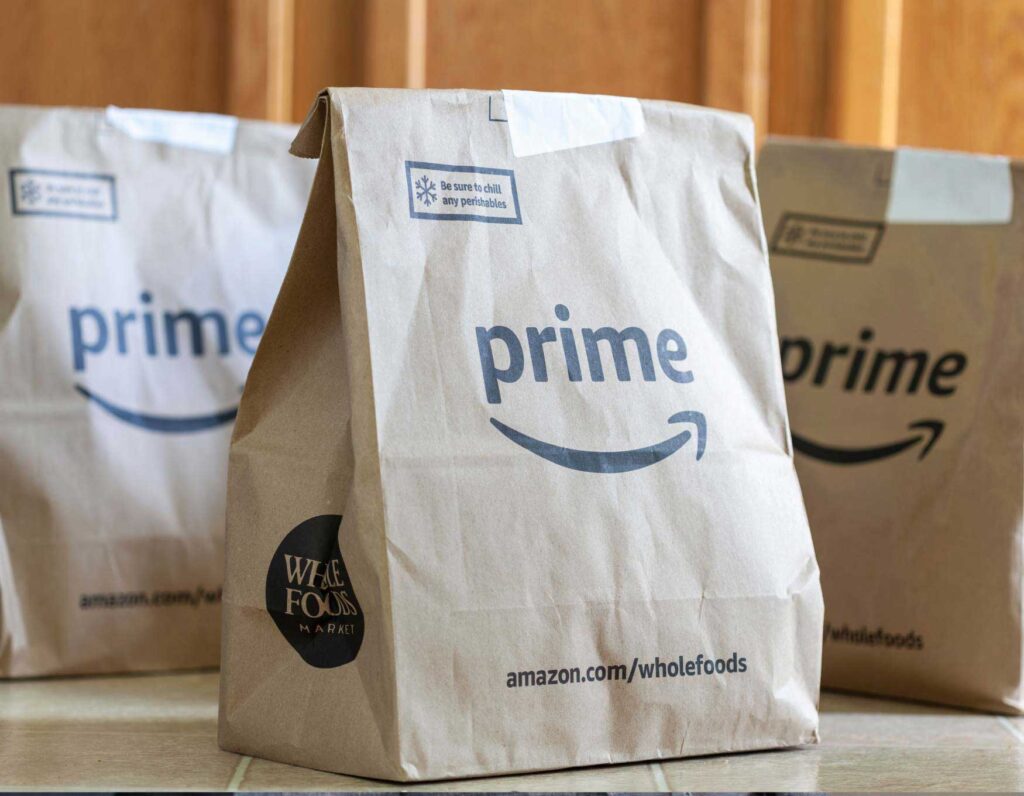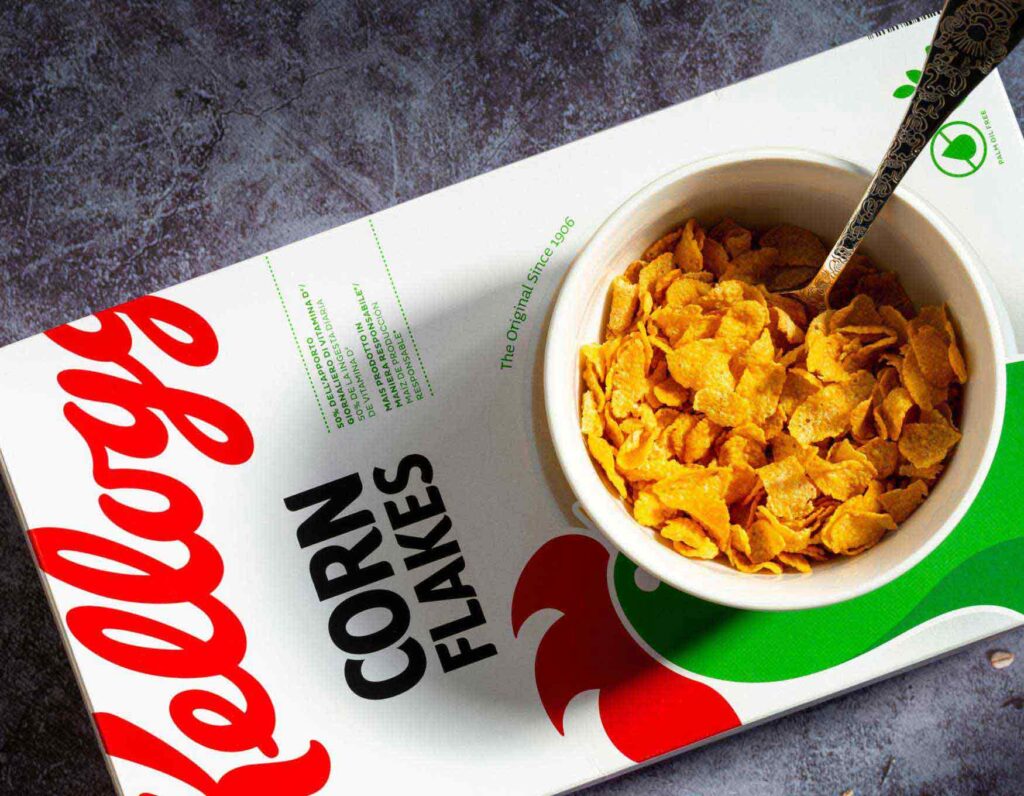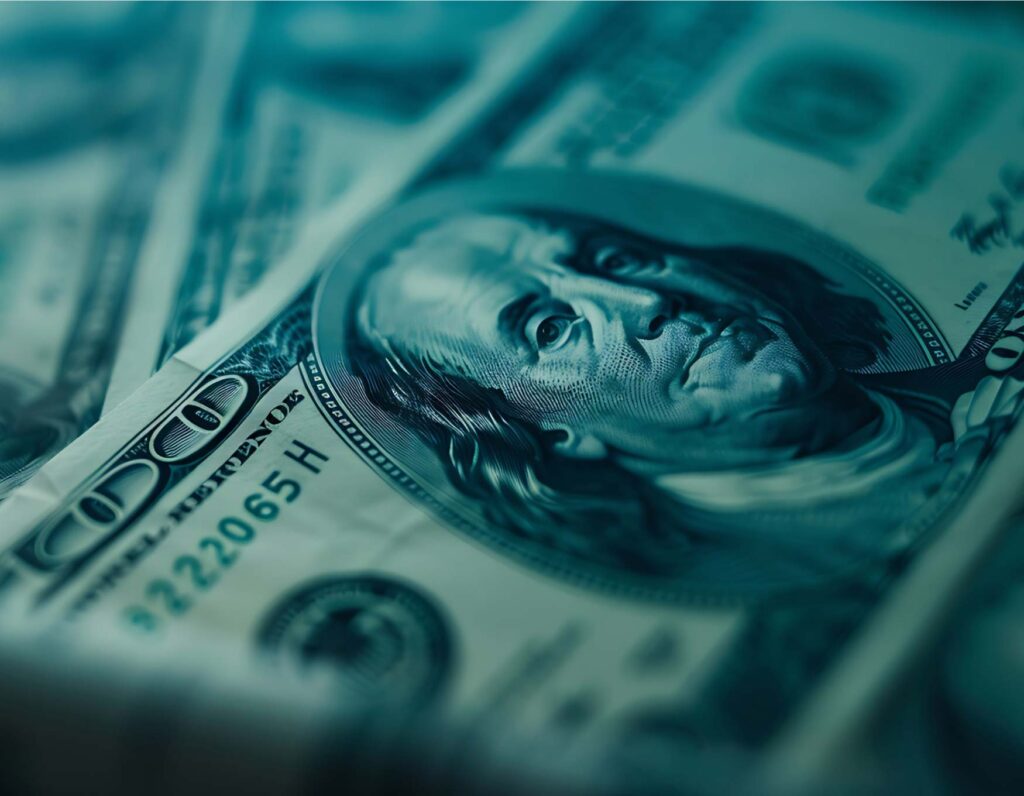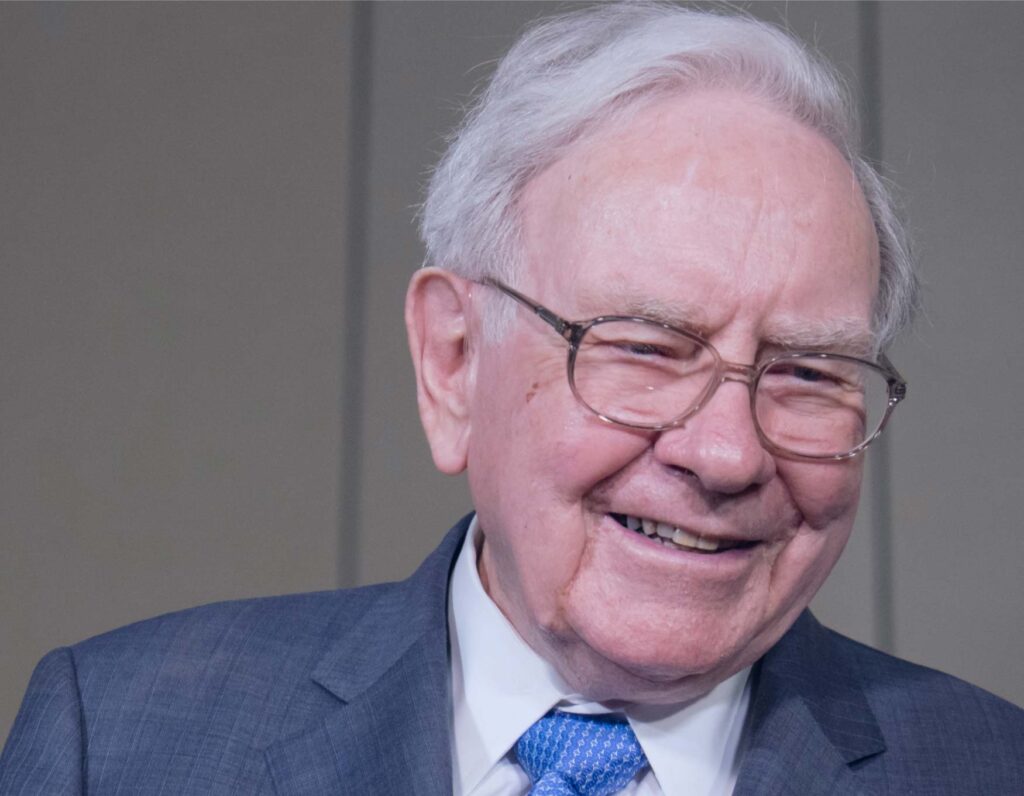Scan this article:
Hey Superheroes,
The ASX 200 closed just over 8,600 this week, hitting a fresh record. Over in the U.S., the S&P 500 and Nasdaq followed suit, both notching fresh all-time highs.
This high comes despite a mixed bag of macroeconomic signals – Trump’s newly passed bill, tensions in the Middle East and a surprise trade agreement between the U.S. and Vietnam.
The trade agreement introduces a 20% tariff on Vietnamese imports – less than the previously proposed 46% – but grants America open market access in return. While the tariffs raise cost concerns, the deal has renewed confidence in U.S. manufacturing and helped drive energy and industrial stocks higher.
The bulls seem to be in control right now, but there’s plenty of moving parts. Let’s unpack this week’s biggest stories.
Trump’s “Big Beautiful Bill” Has Been Passed
Donald Trump’s sweeping new legislation – officially called the One Big Beautiful Bill Act (OBBBA) – has just passed through Congress, delivering one of the most significant fiscal overhauls in years.
It’s a bold, politically divisive move that fuses tax cuts, tariff hikes and spending increases into one of the most ambitious (and expensive) bills in U.S. history. And while Wall Street hasn’t flinched just yet, the ripple effects could hit everything from tech stocks to the Aussie dollar.
Let’s break it down.
🧾 What’s actually in the bill?
At its core, the “Big Beautiful Bill” is Trump’s economic blueprint for his second term. Key features include:
- Permanent tax cuts for individuals and businesses; locking in the 2017 cuts
- Tax-free treatment for income earned from tips (up to US$25k) and overtime (up to US$12.5k)
- Corporate tax perks, including 100% expensing for U.S. capital investments
- New tariffs: 10% universal import tax and up to 60% tariffs on Chinese goods
- Debt ceiling increase of up to US$5 trillion
- Deregulation in energy and environmental sectors, fast-tracking fossil fuel projects
🟢 Winners and Losers
The bill redistributes benefits heavily toward upper-income earners, corporates and domestic manufacturers. This is what it would likely look like in practice:
Winners:
- High-income earners and business owners: The top 0.1% could gain over US$290,000 per year in after-tax income according to Penn Wharton.
- Manufacturers and chipmakers: Subsidies for “America First” economic zones and domestic build-outs.
- Tipped and hourly workers: Deductible income thresholds are a new perk.
- Infrastructure and defence contractors: Expected to benefit from expanded spending pipelines.
Losers:
- Low-income households: New work requirements for Medicaid and food stamps, plus healthcare eligibility changes.
- Middle-income earners: Some stand to gain from tax cuts but may lose Affordable Care Act subsidies.
- Green energy firms: Many Biden-era tax credits are being stripped out.
- Hospitals: Could face higher uncompensated care burdens due to insurance losses.
📉 The debt dilemma
With the debt ceiling increase to US$5 trillion, there are concerns around how U.S. debt will look over the next decade.
With U.S. debt-to-GDP already above 120%, the legislation pushes fiscal sustainability into murky territory. The U.S. Government’s spending on interest payments on its debt has already more than tripled since 2017.
So while public investment might support short-term growth, it raises longer-term questions about funding, creditworthiness and market stability.
💥 What could this mean for markets?
Stimulus-like tax relief and infrastructure investment could support corporate earnings especially in sectors like defence, energy, and industrials in the short term. But the longer-term picture is cloudier.
With the U.S. Treasury set to issue trillions in new debt, bond yields are already drifting higher. That could push up the cost of capital globally and force the Fed to delay or reconsider rate cuts if inflation reaccelerates. For equity markets – especially tech and growth stocks – higher yields mean valuation pressure and greater volatility.
This bill could potentially shift valuation multiples and earnings expectations for U.S. tech, healthcare or clean energy companies. Rising U.S. bond yields also tend to lift global rates, impacting everything from superannuation performance to the AUD and ASX-listed growth stocks.
IPO Mania: From GemLife to Figma
After years of fewer IPOs, markets are overflowing with fresh listings and investors are loving it. From local retirement living plays to global design tech giants, 2025 is shaping up to be a breakout year for equity capital markets.
🏡 GemLife makes its ASX debut
Retirement housing developer GemLife (ASX:GLF) started trading yesterday and marked the ASX’s largest IPO this year, raising A$750 million. Its shares closed up over 4% on day one, marking a strong debut for the real estate developer.
Investors are flocking back to IPOs, drawn by founder-led business models and clean balance sheets. GemLife’s vertically integrated model – focusing on land-lease retirement communities – has also seen bullishness from fund managers.
🌍 Global listings roar back
Over in the U.S., the Nasdaq has led the IPO resurgence, hosting deals worth a total US$21.3 billion in H1 2025 – well ahead of the NYSE’s US$8.7 billion.
The year started shaky but momentum returned in May, driven by optimism around tech, AI and falling volatility.
🖼️ Canva vs Figma: A rivalry heats up
All eyes are now on design software firm Figma, which filed for a listing on the NYSE earlier this week. The decision comes after European regulators blocked Adobe’s proposed US$20 billion acquisition of Figma.
Investors are now watching both Figma and Australia’s Canva. The latter has been valued at US$49 billion and recently moved its HQ to the U.S. in preparation for a long-rumoured IPO.
🔦 Some other things we’re shining the Spotlight on:
- COWIN TAKES THE SLICE: Domino’s (ASX:DMP) shares plunged nearly 20% after CEO Mark van Dyck abruptly resigned. Executive Chairman Jack Cowin has taken the reins, pledging to fix the strategy amid continued losses. The pizza chain recently posted its first loss in 20 years, prompting concern about its turnaround plan.
- LULULEMON VS COSTCO: Lululemon is taking Costco to court over alleged copycat products. The athleisure giant says the warehouse retailer is selling lookalike hoodies and ABC pants for under US$20. With dupe culture booming on TikTok, the case could set new precedents in retail IP.
- HELIA TUMBLES: Shares in Helia (ASX:HLI) sank 18% this week after ING became the second major lender to walk away from the mortgage insurer. Helia has launched a full business review as it battles contract losses and changes to the government’s Home Guarantee Scheme.
Don’t forget Wall Street will be closed tonight to celebrate Independence Day. Keep up to date on the markets by following us on Instagram @superheroau.

Become a part of
our investor community
Why you should join us:
- Join free and invest with no monthly account fees.
- Fund your account in real time with PayID.
- Get investing with brokerage from $2. Other fees may apply for U.S. shares.
Read our latest articles
Make knowledge your superpower and up your skills and know-how with our news, educational tools and resources.



